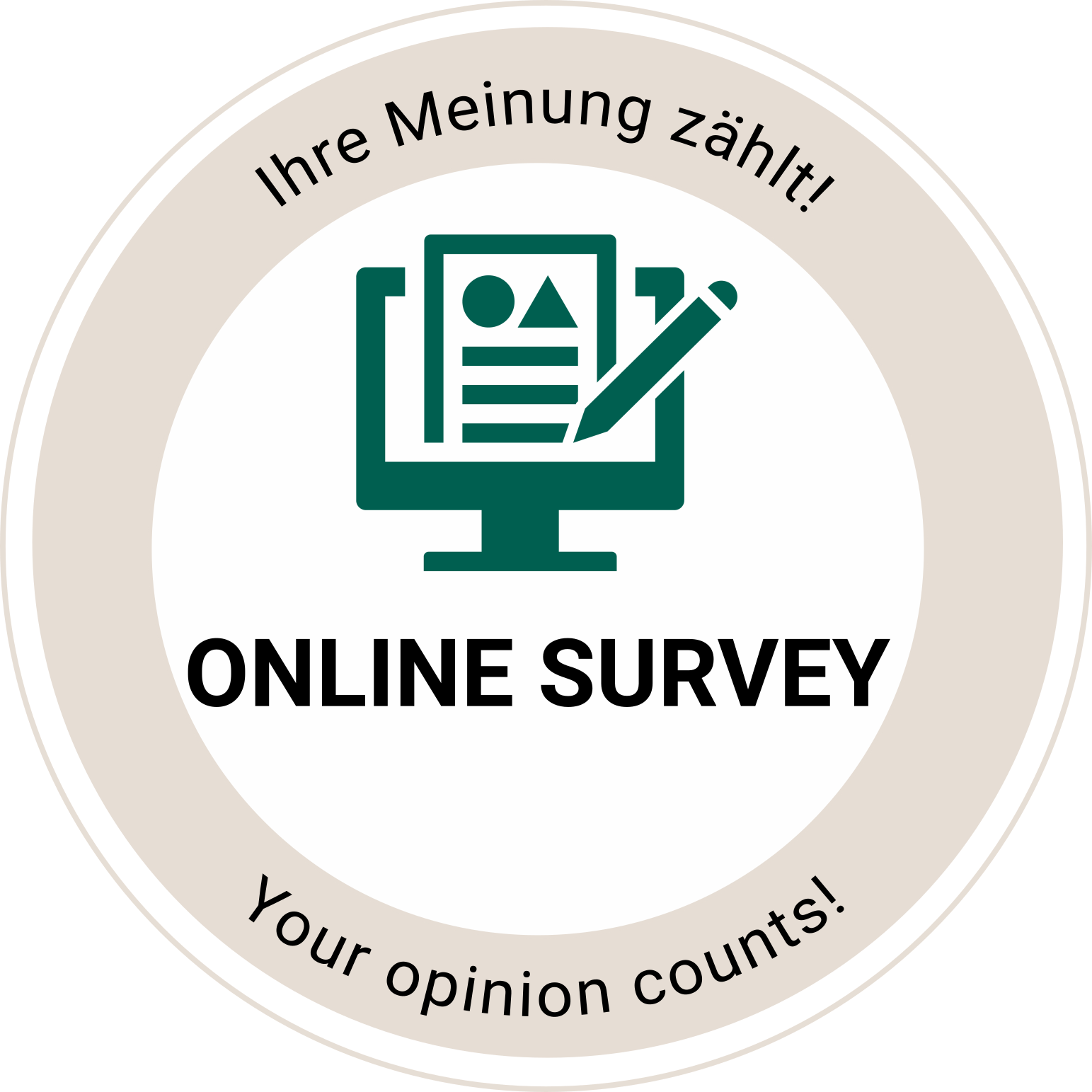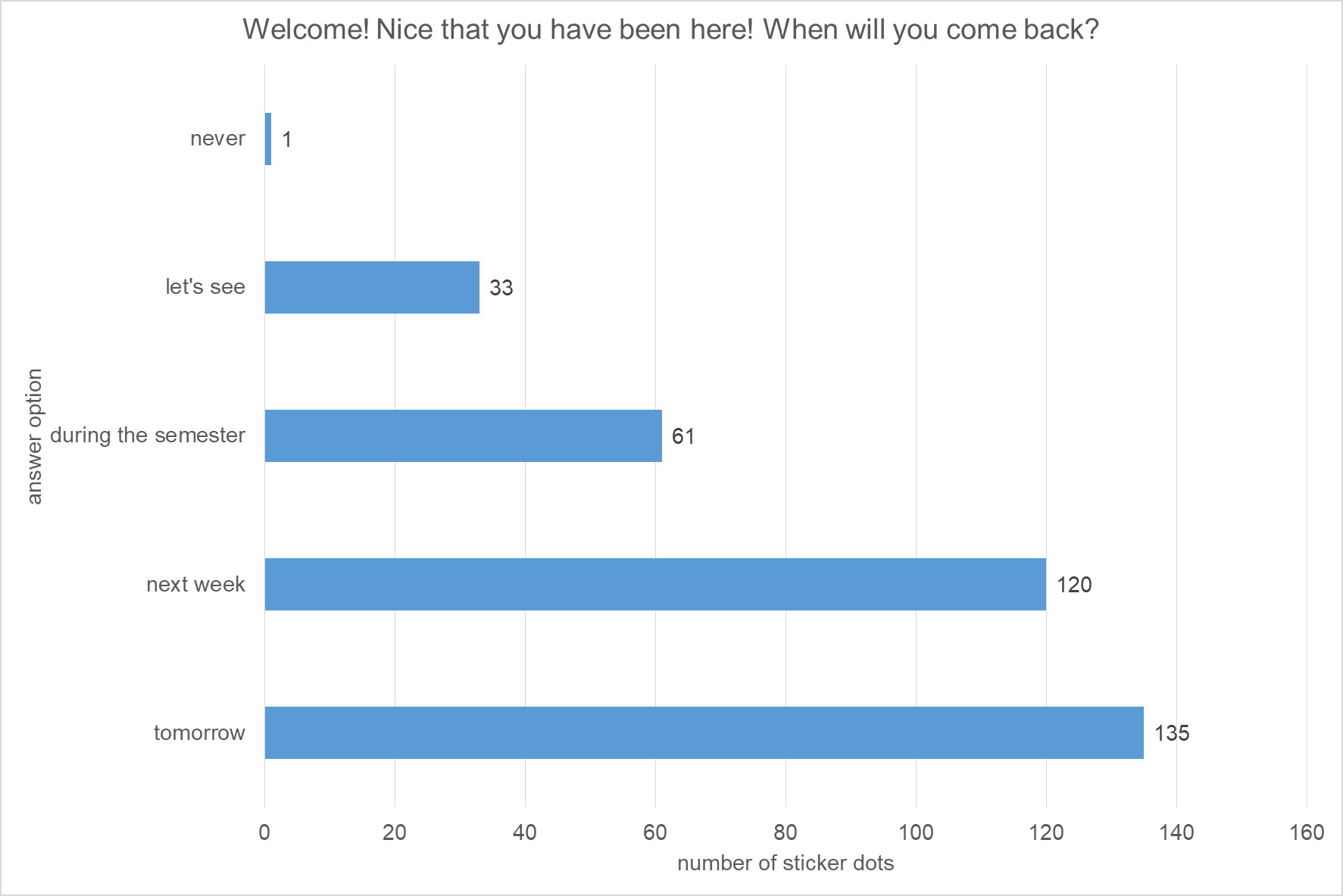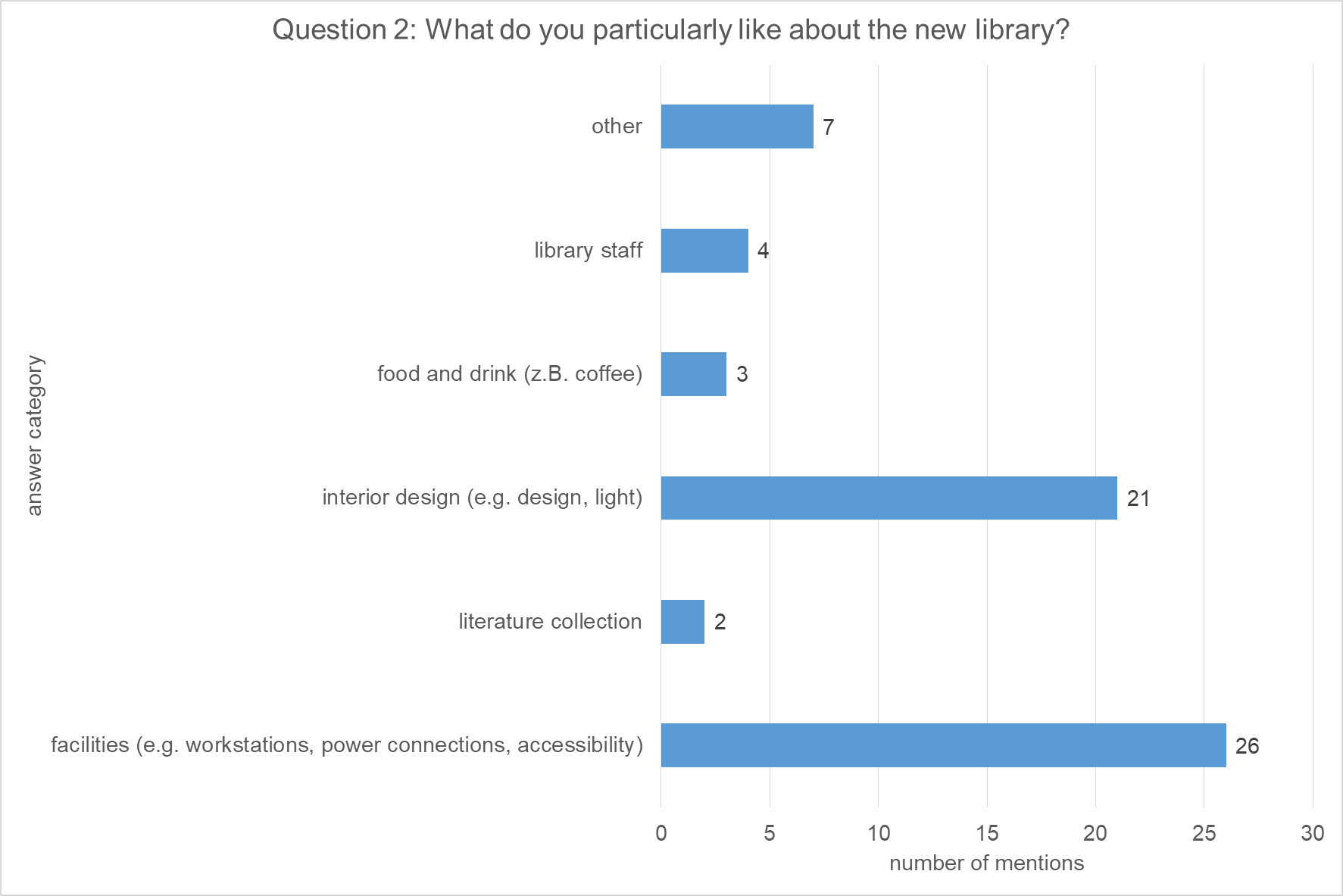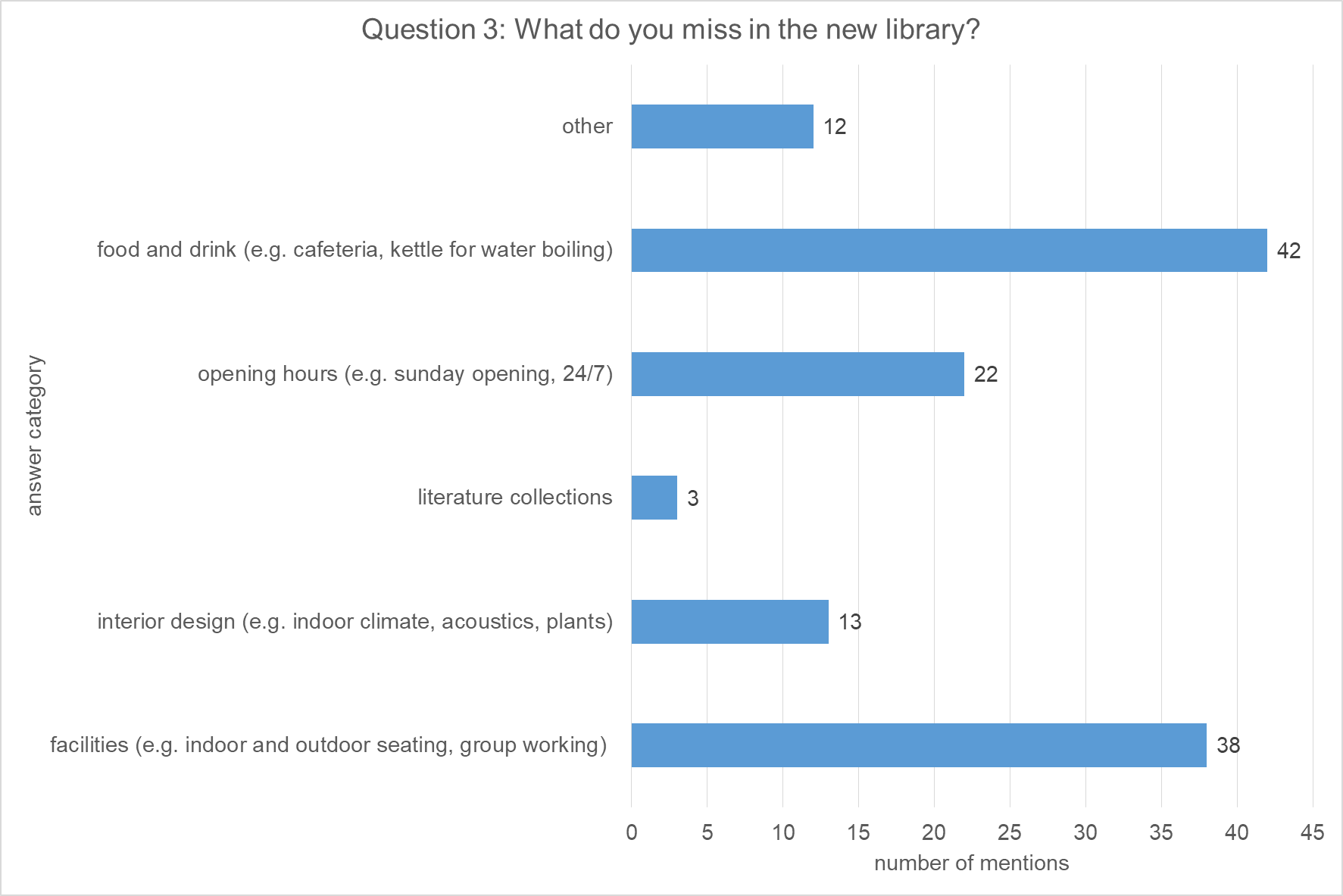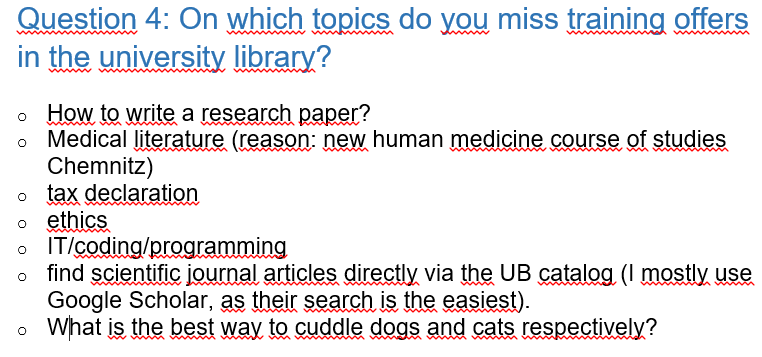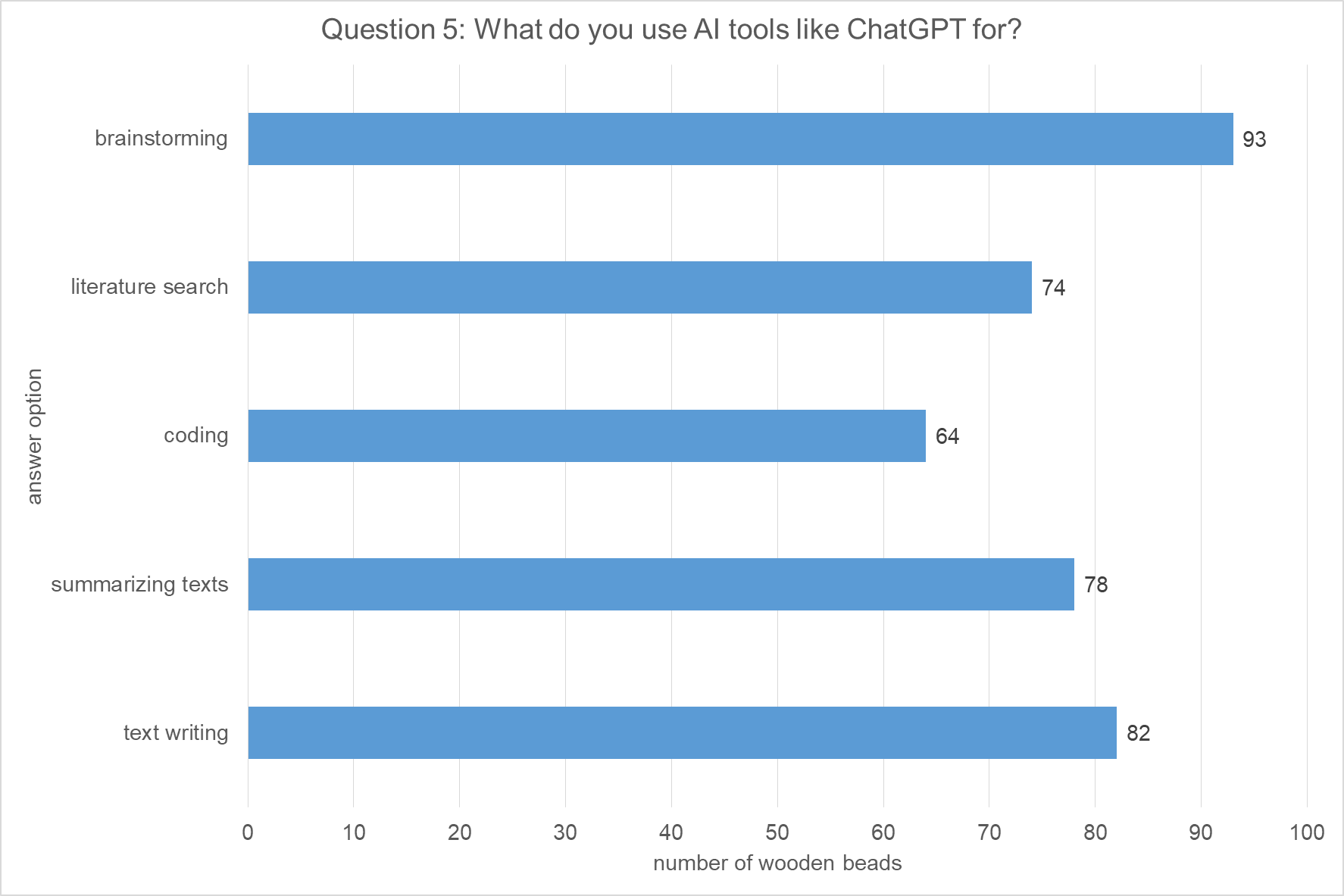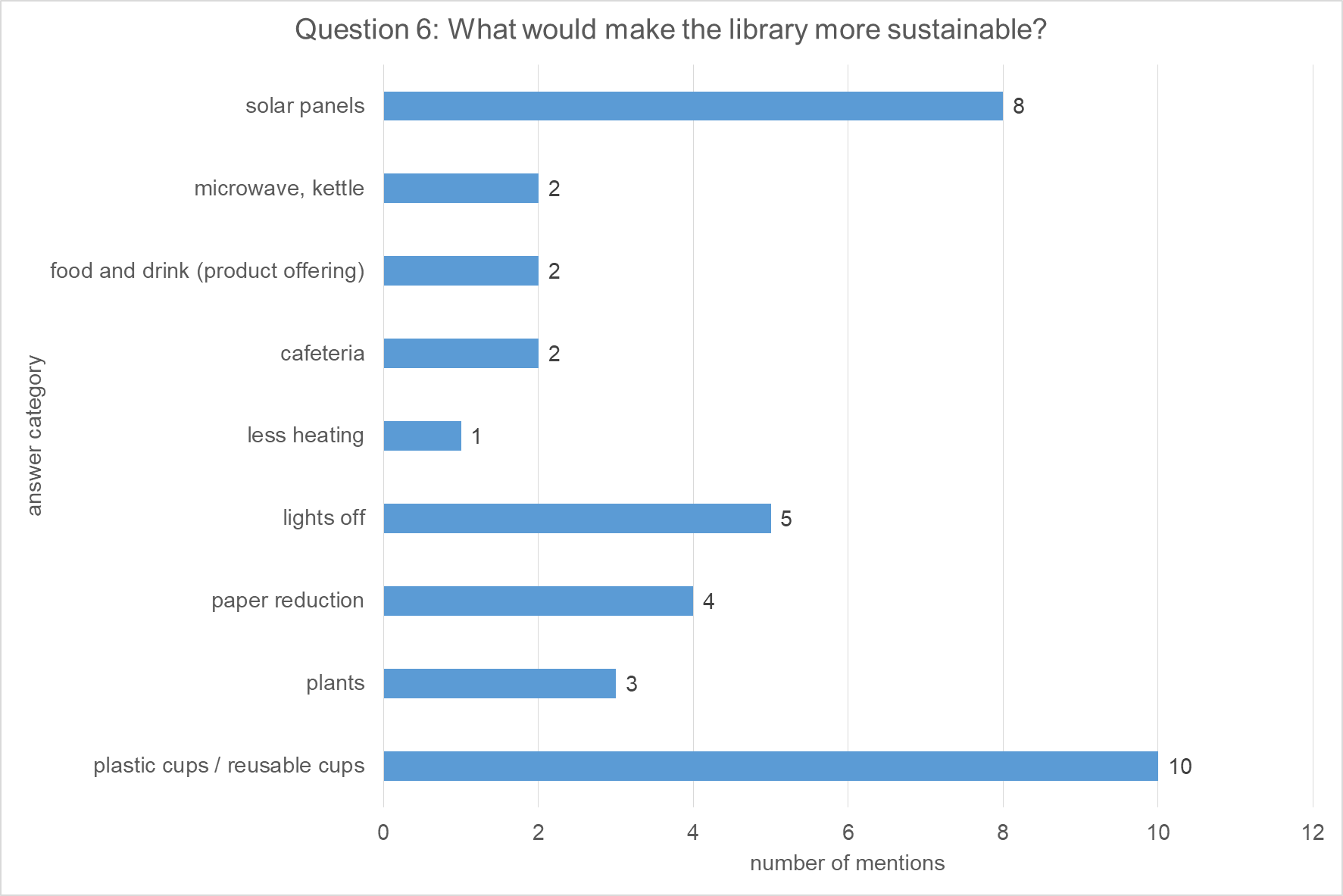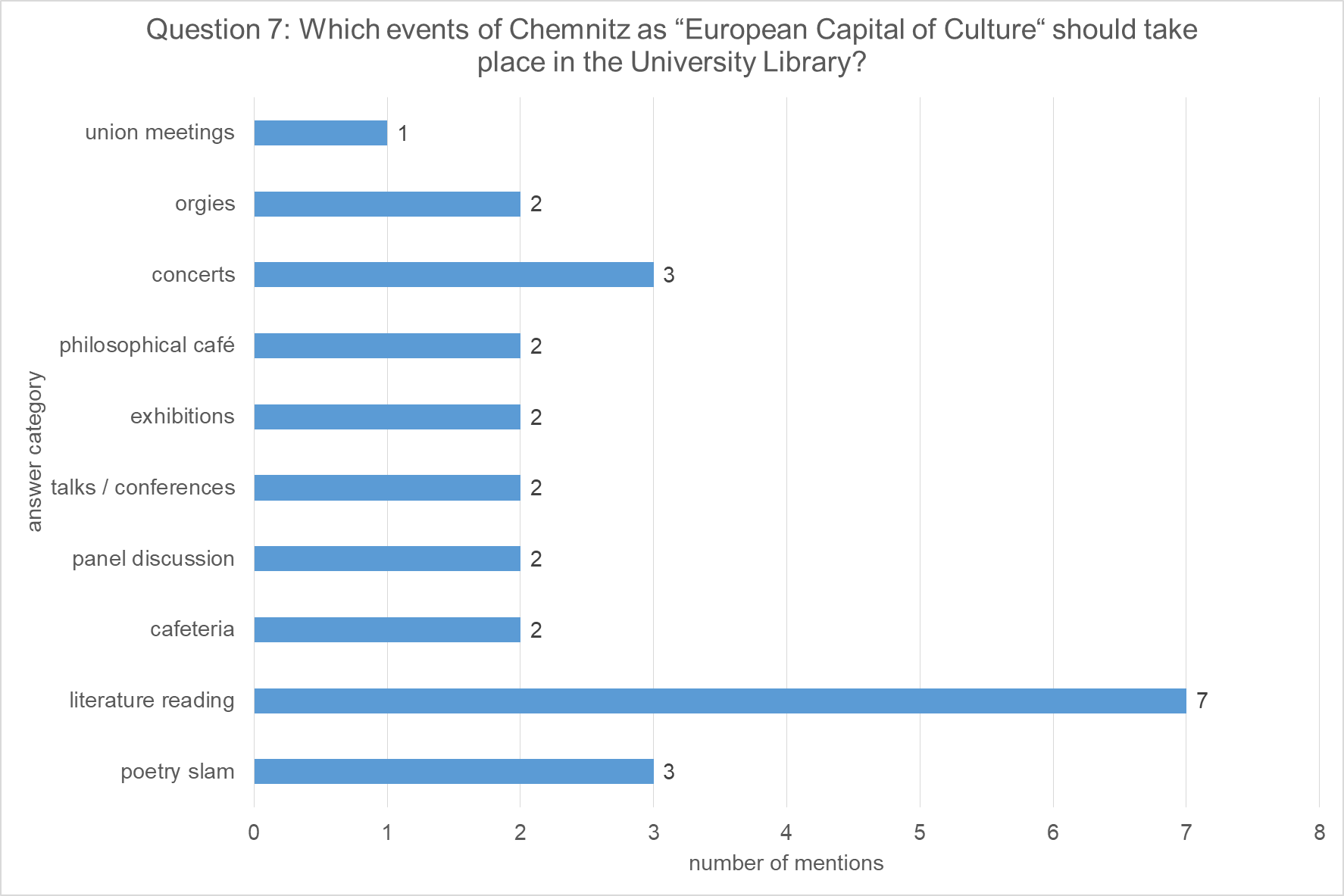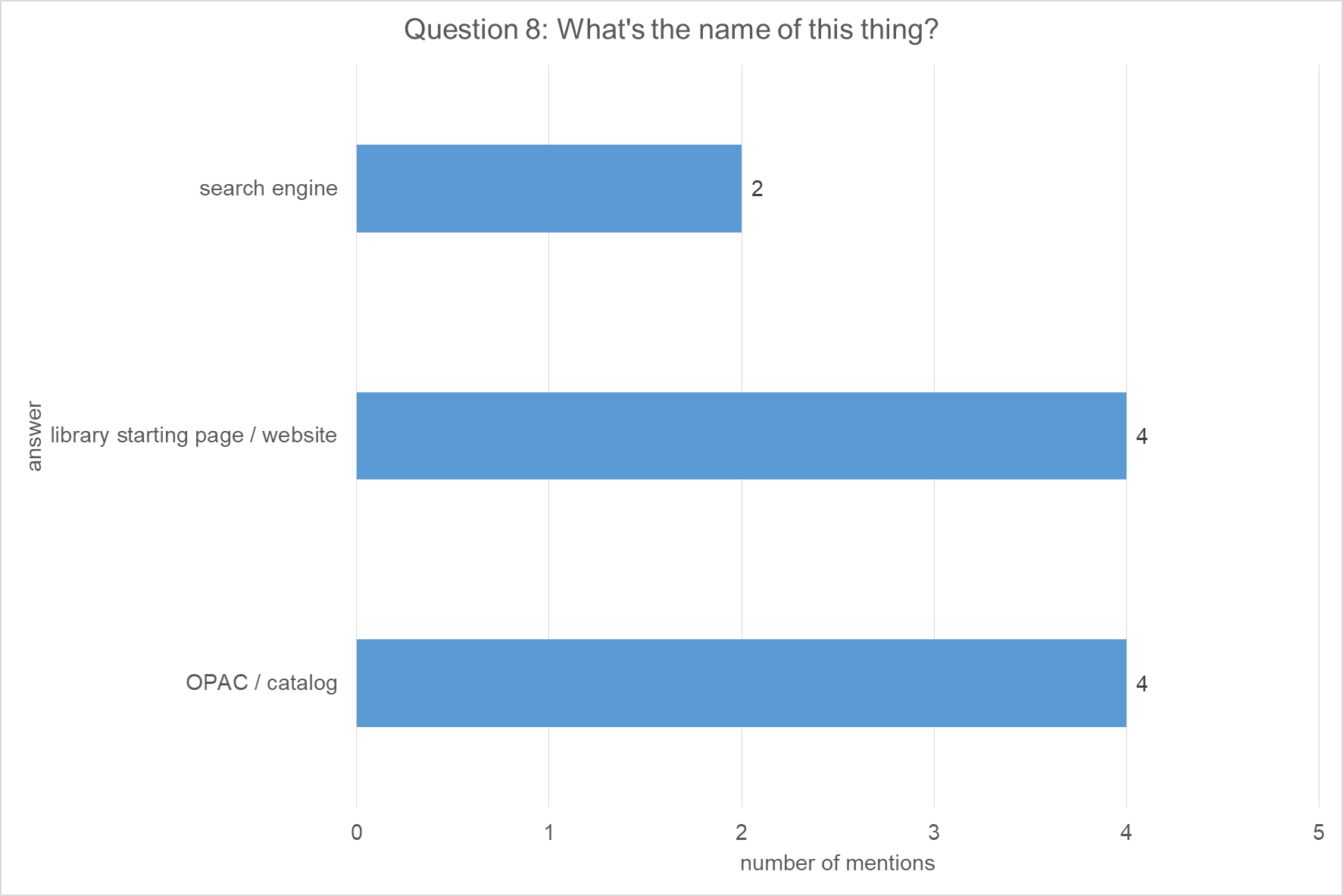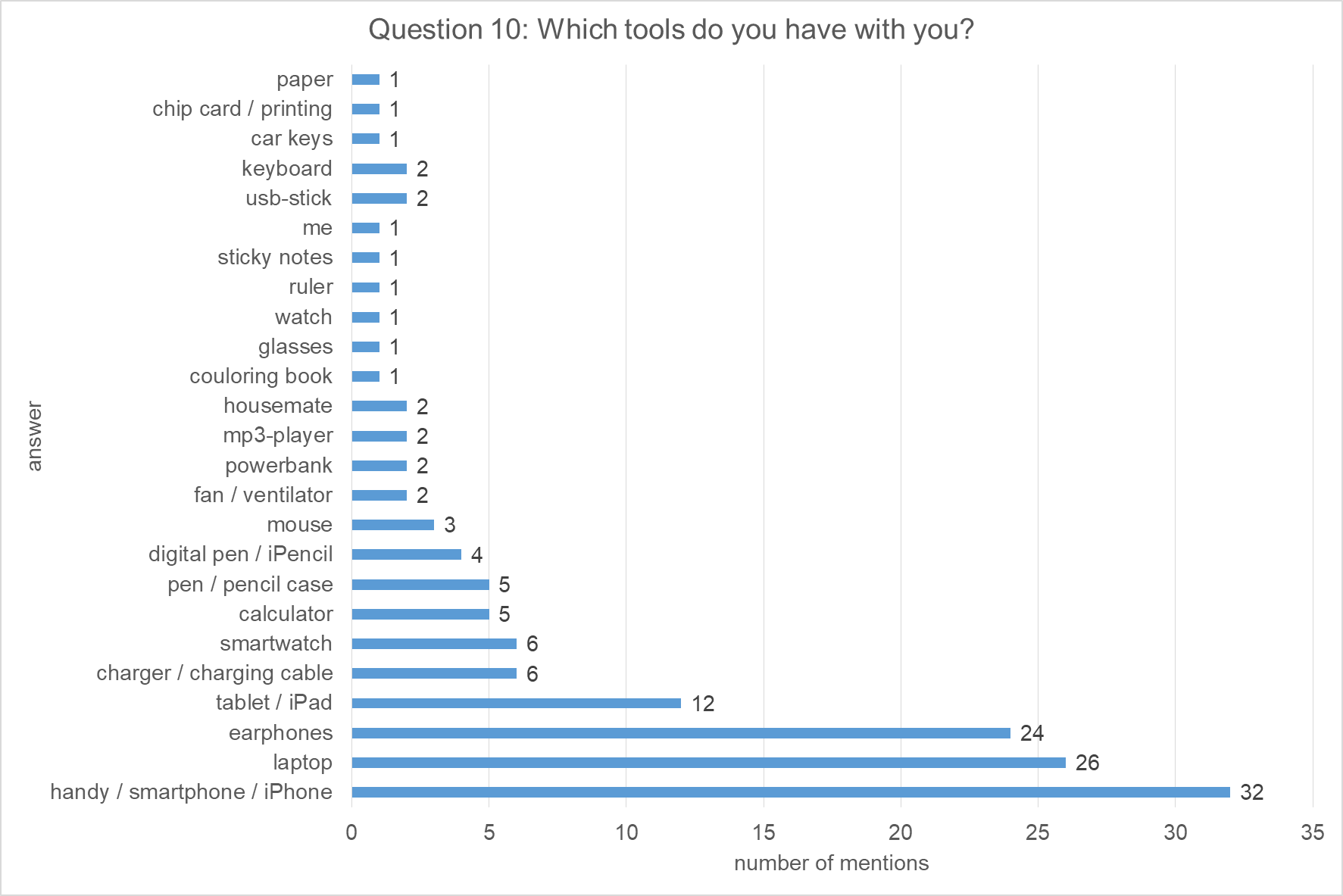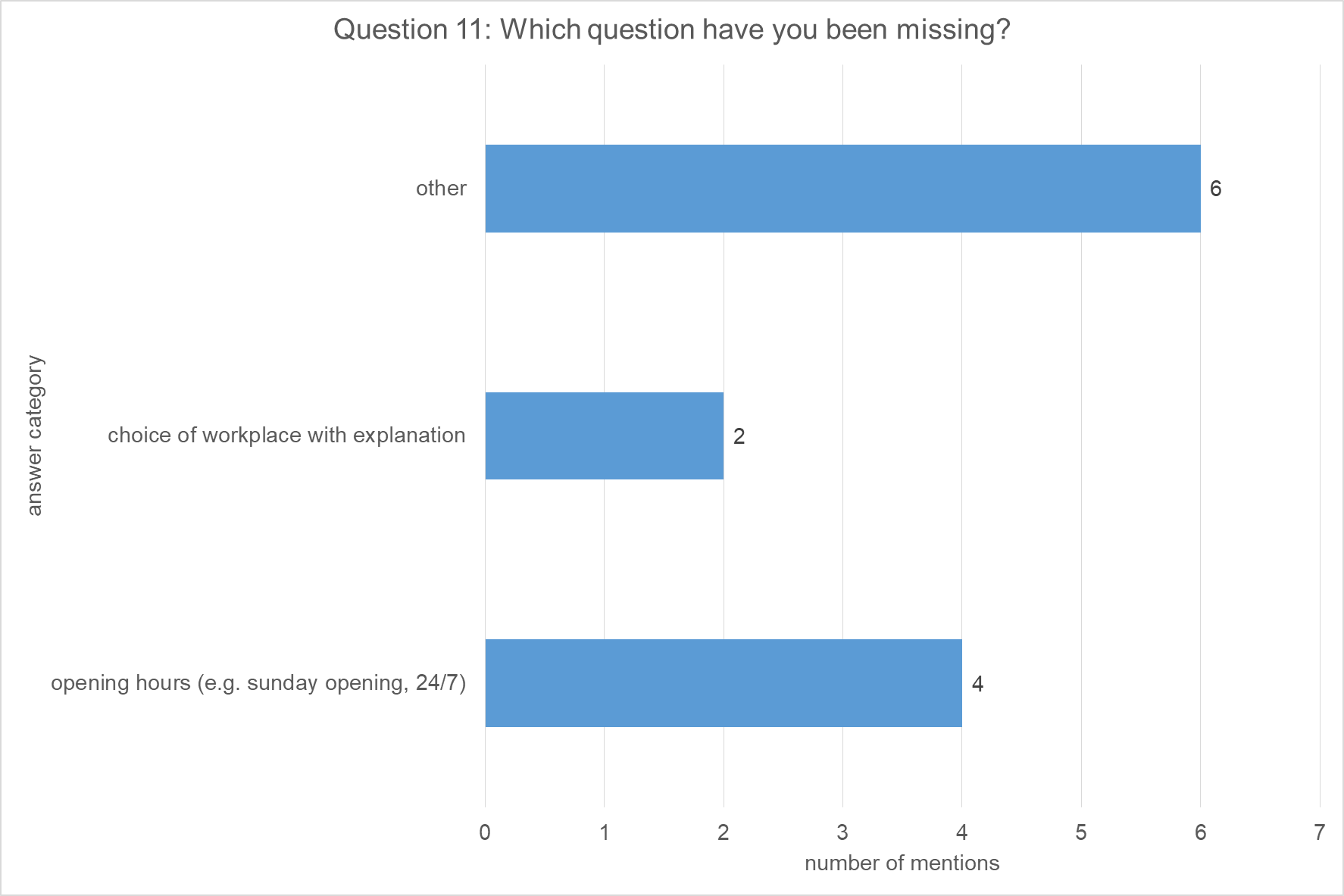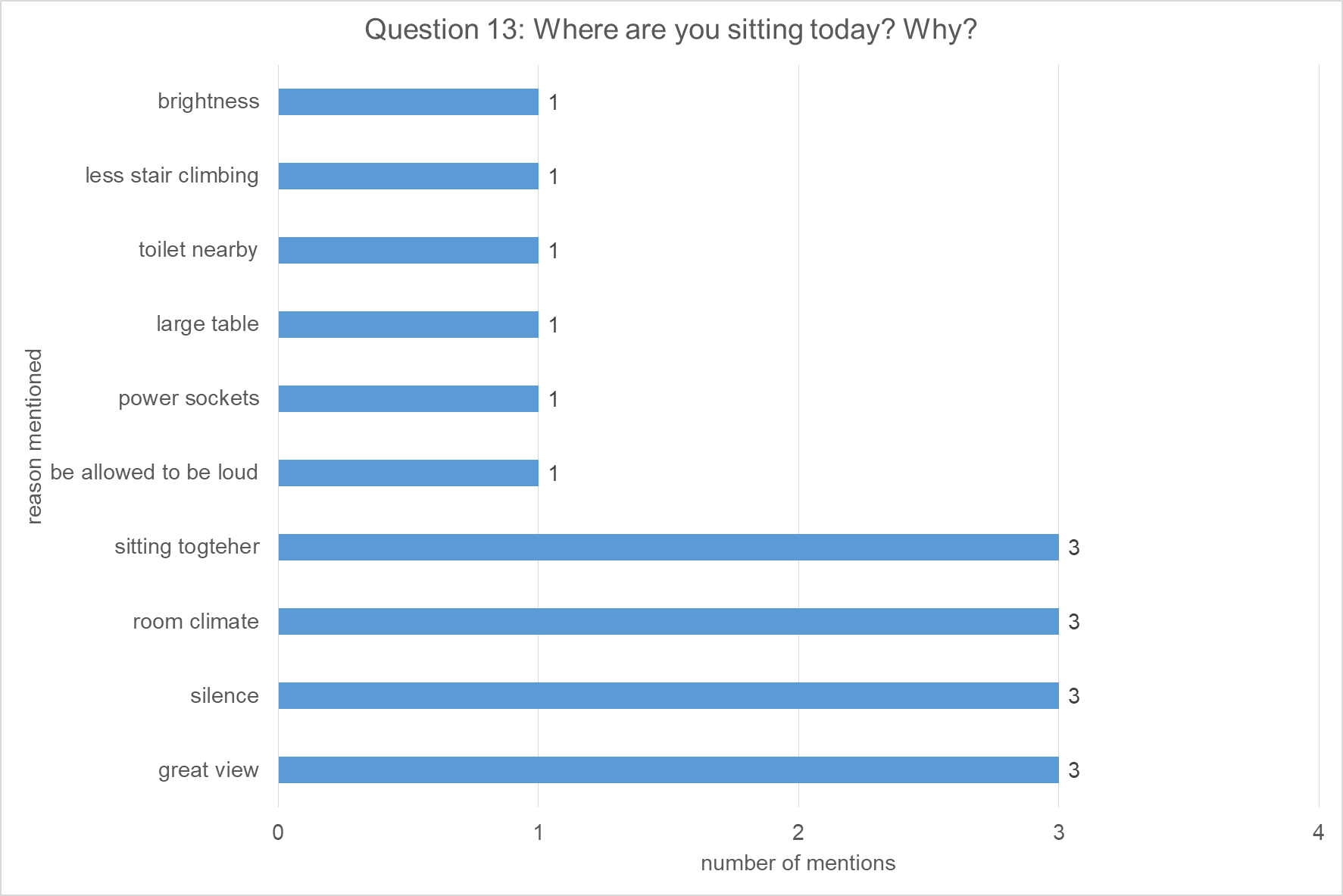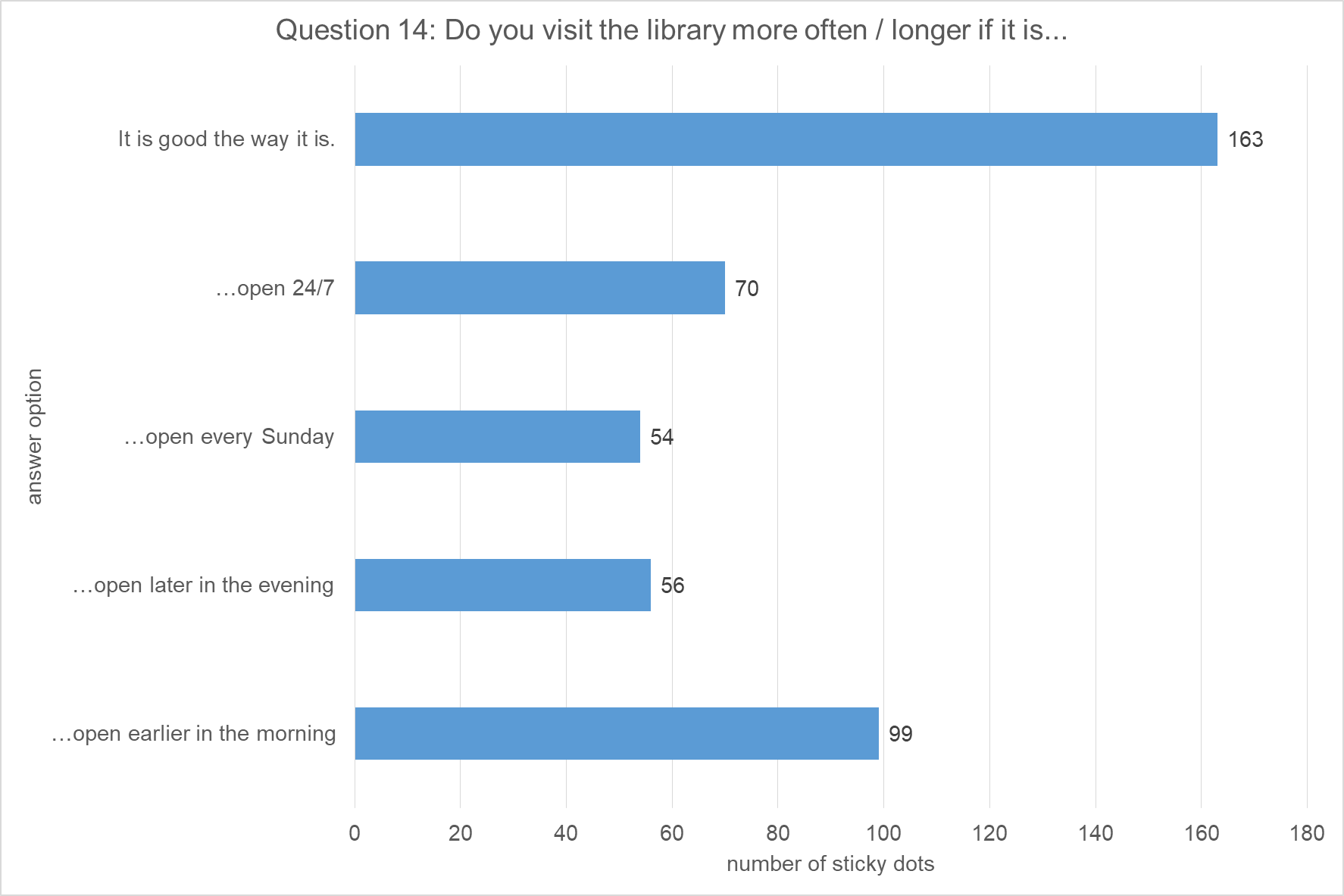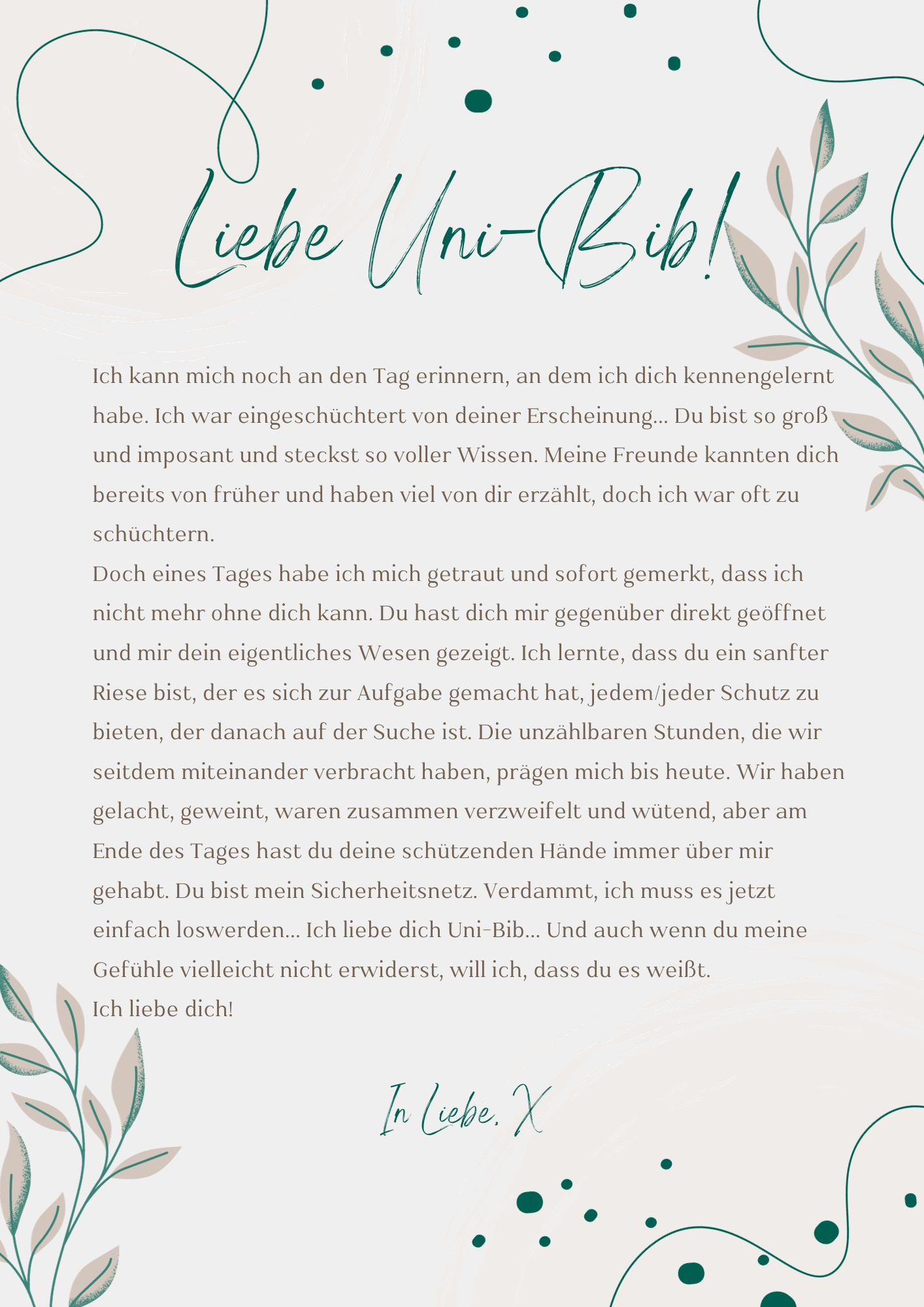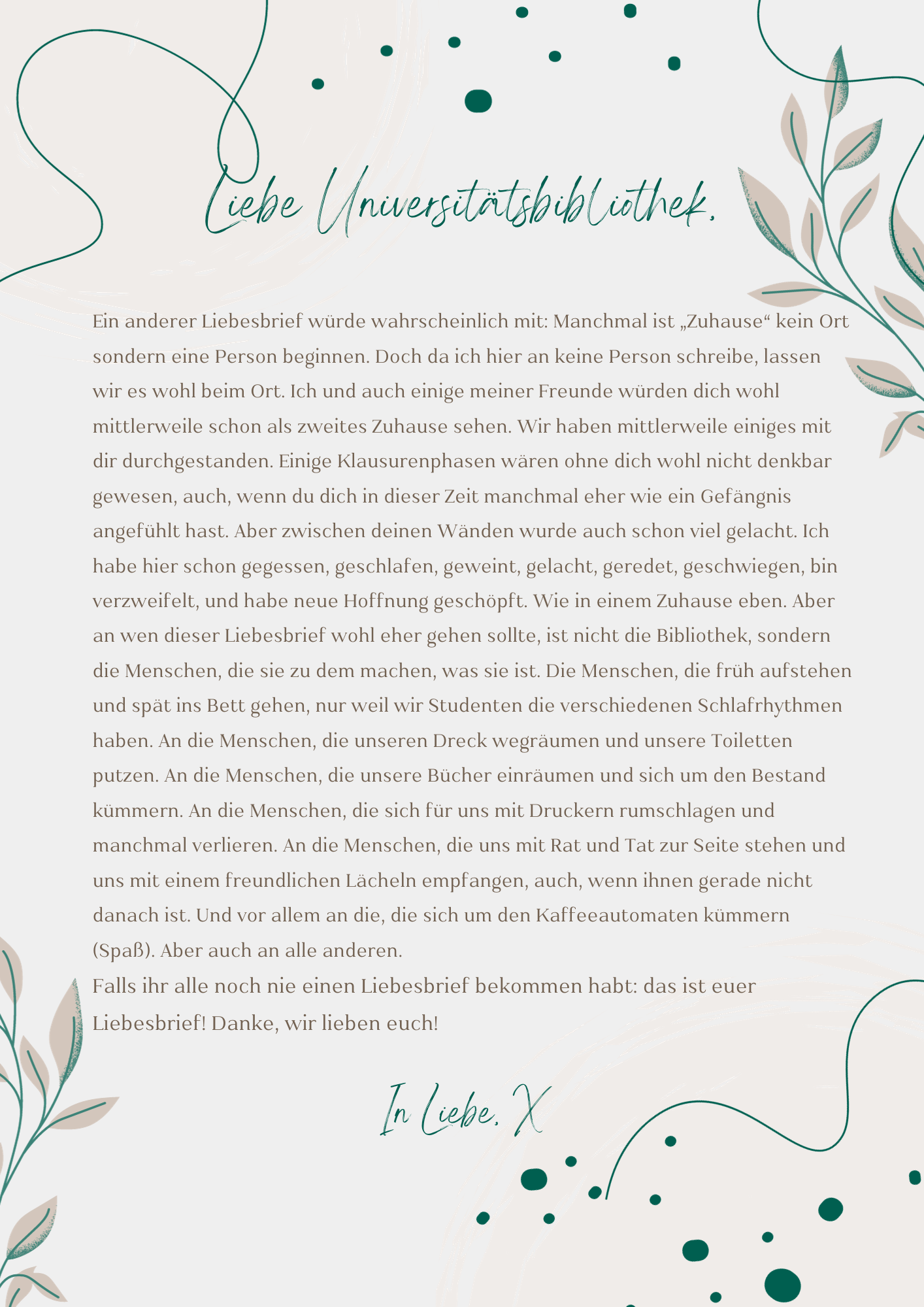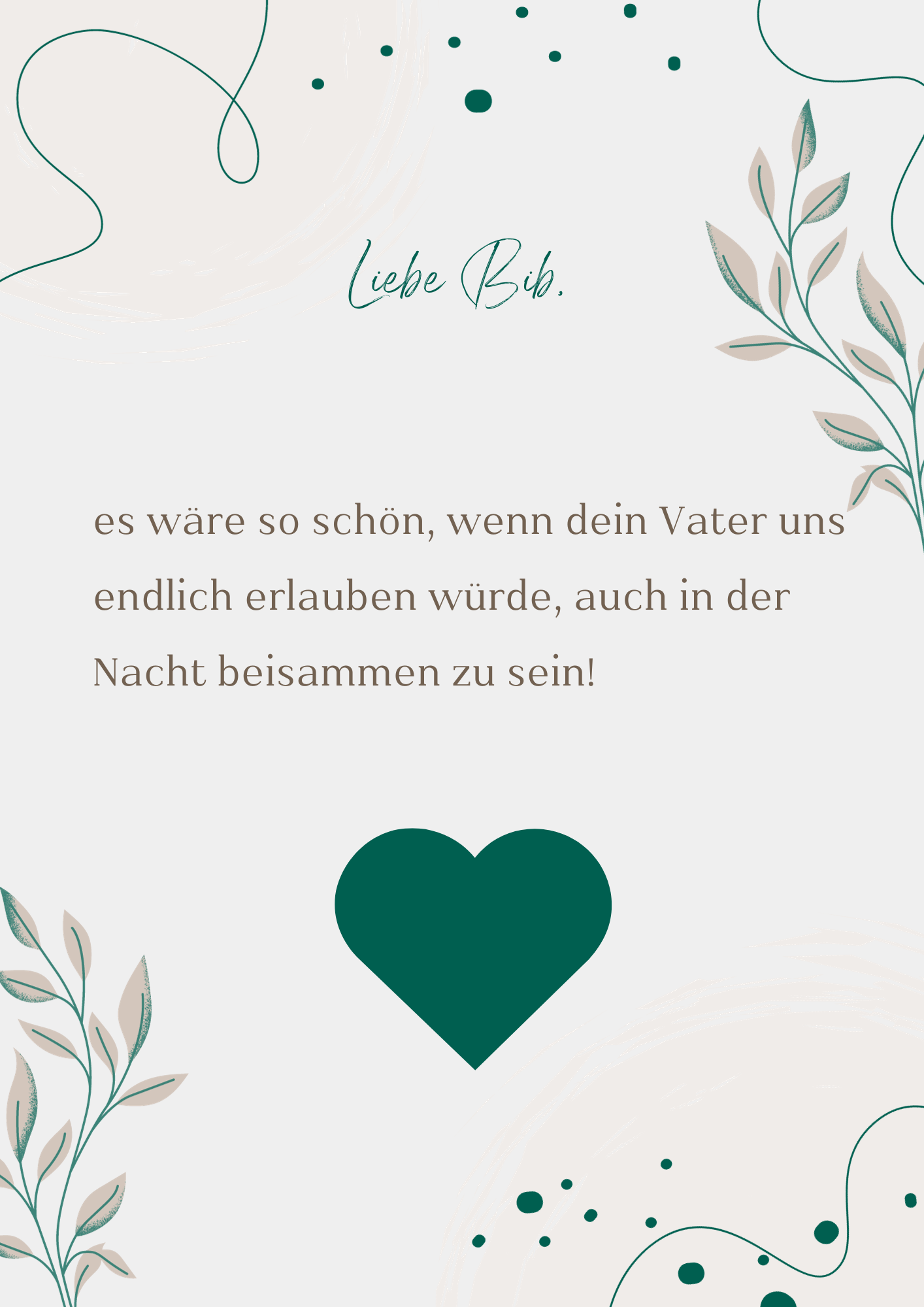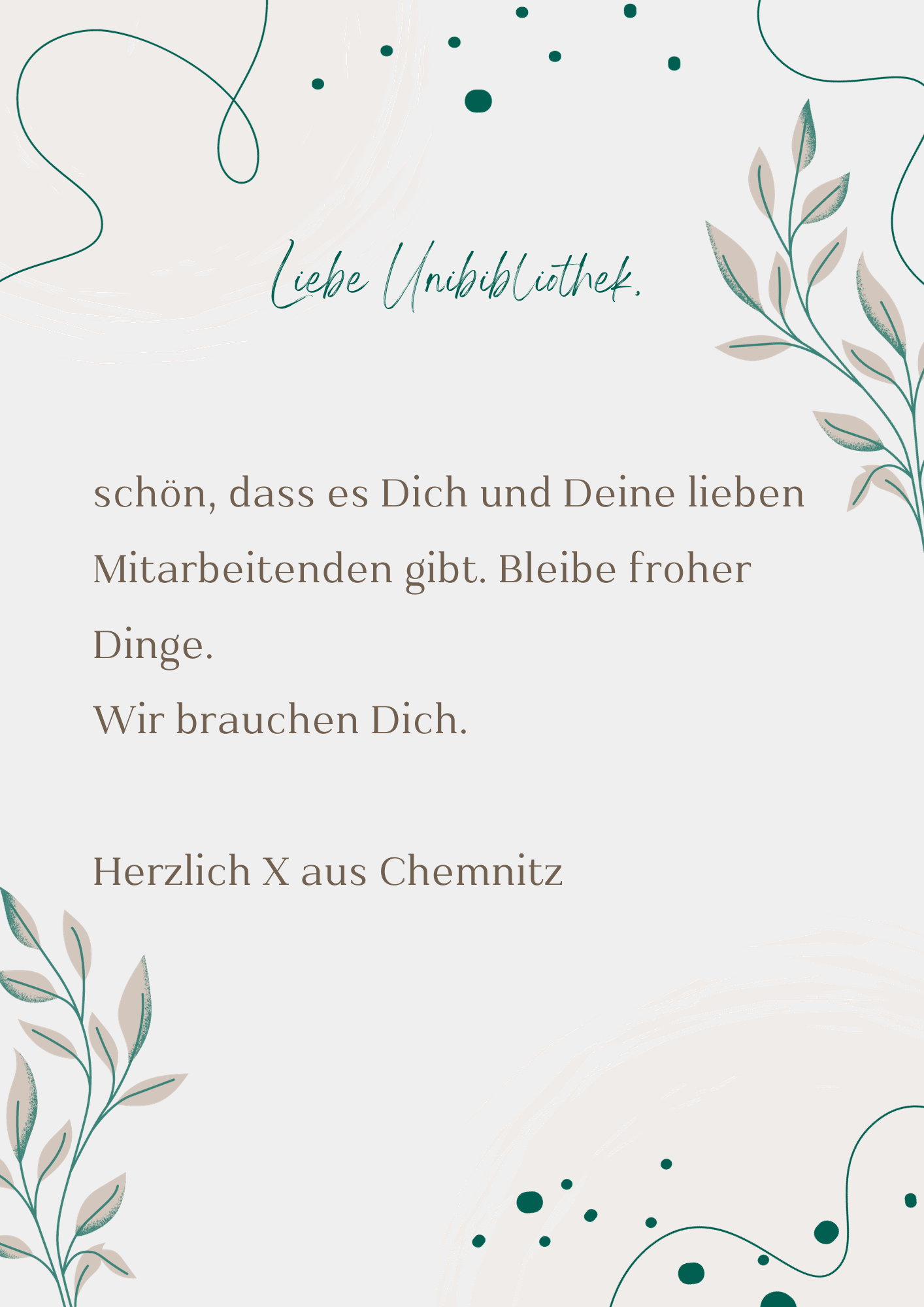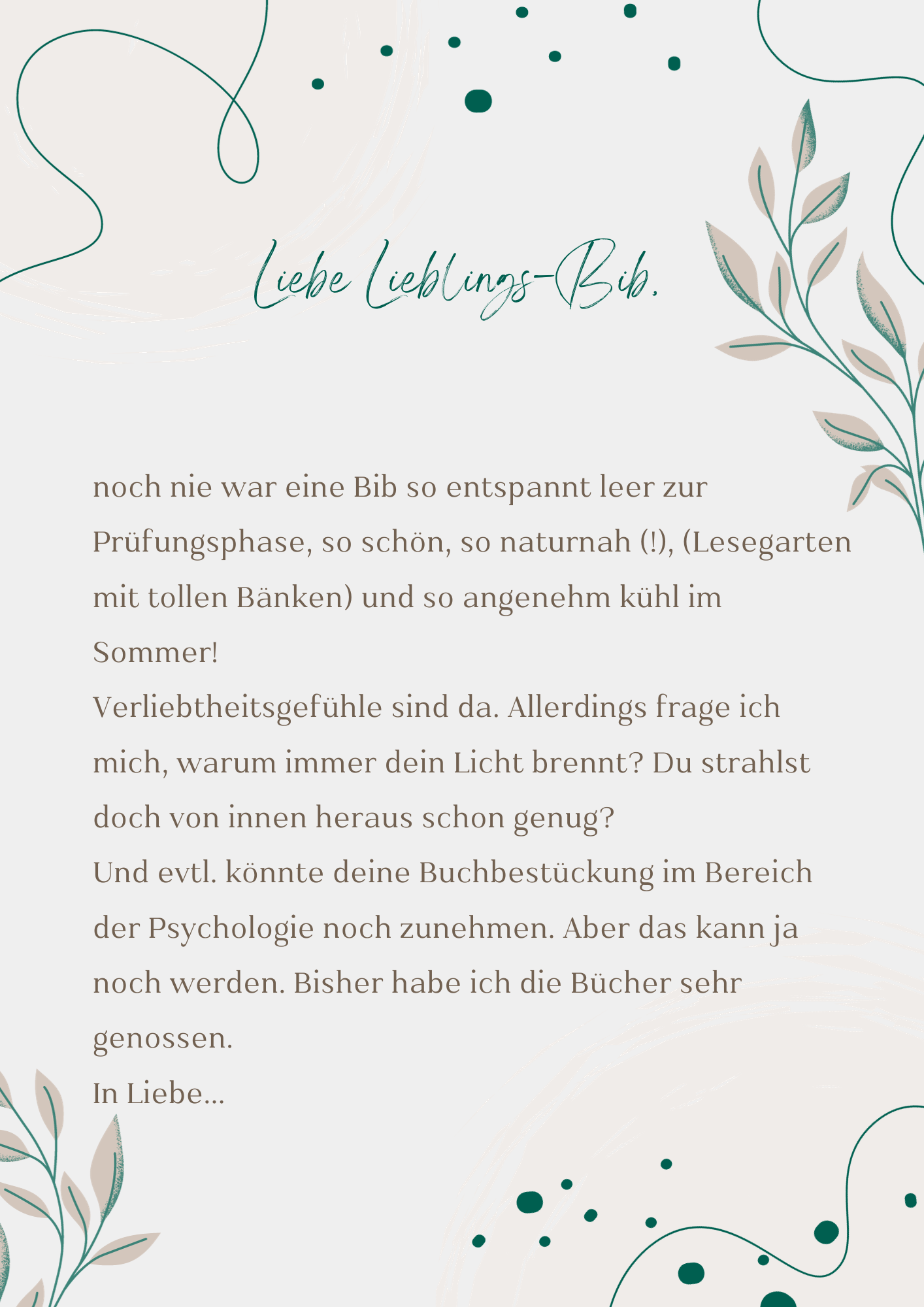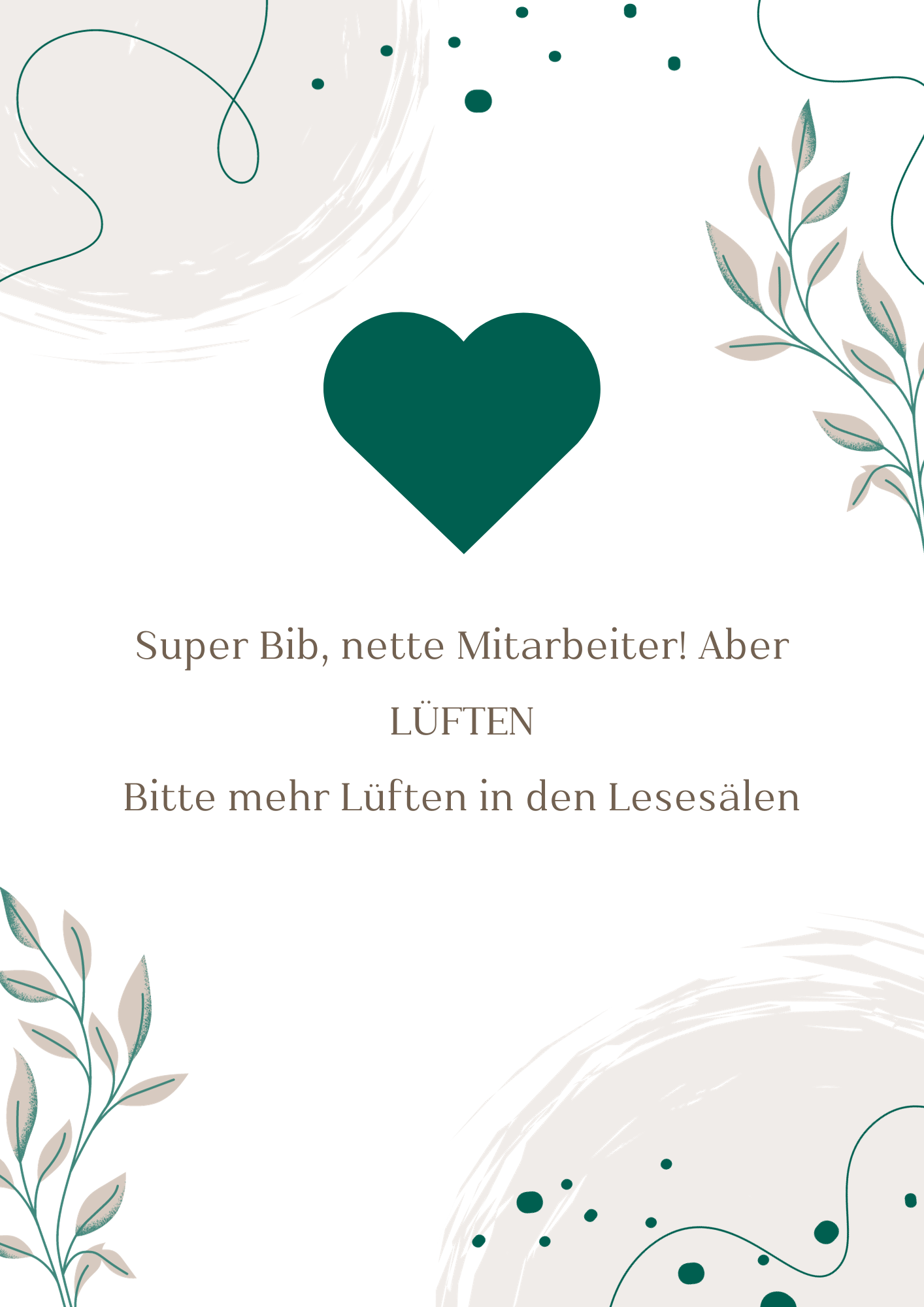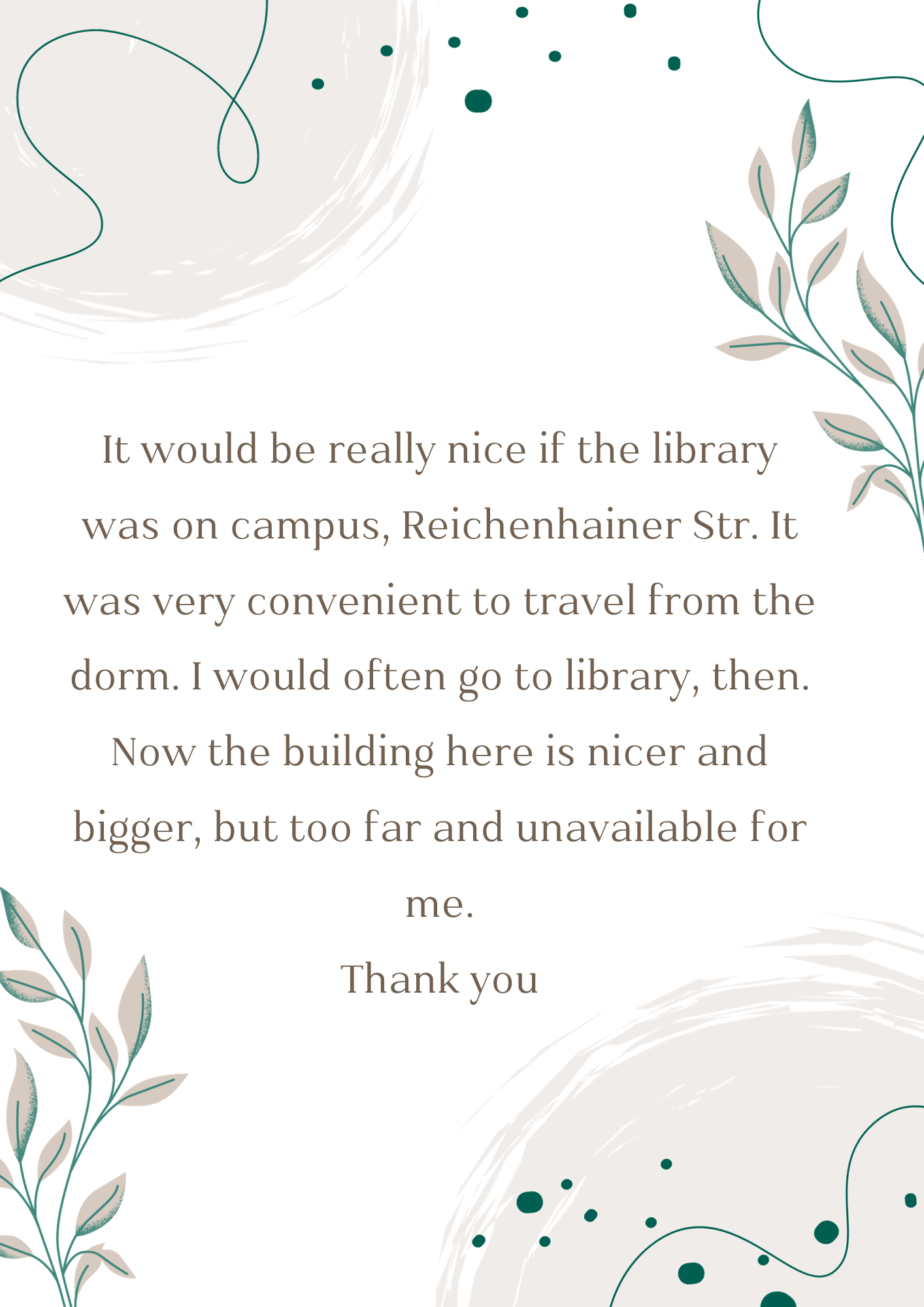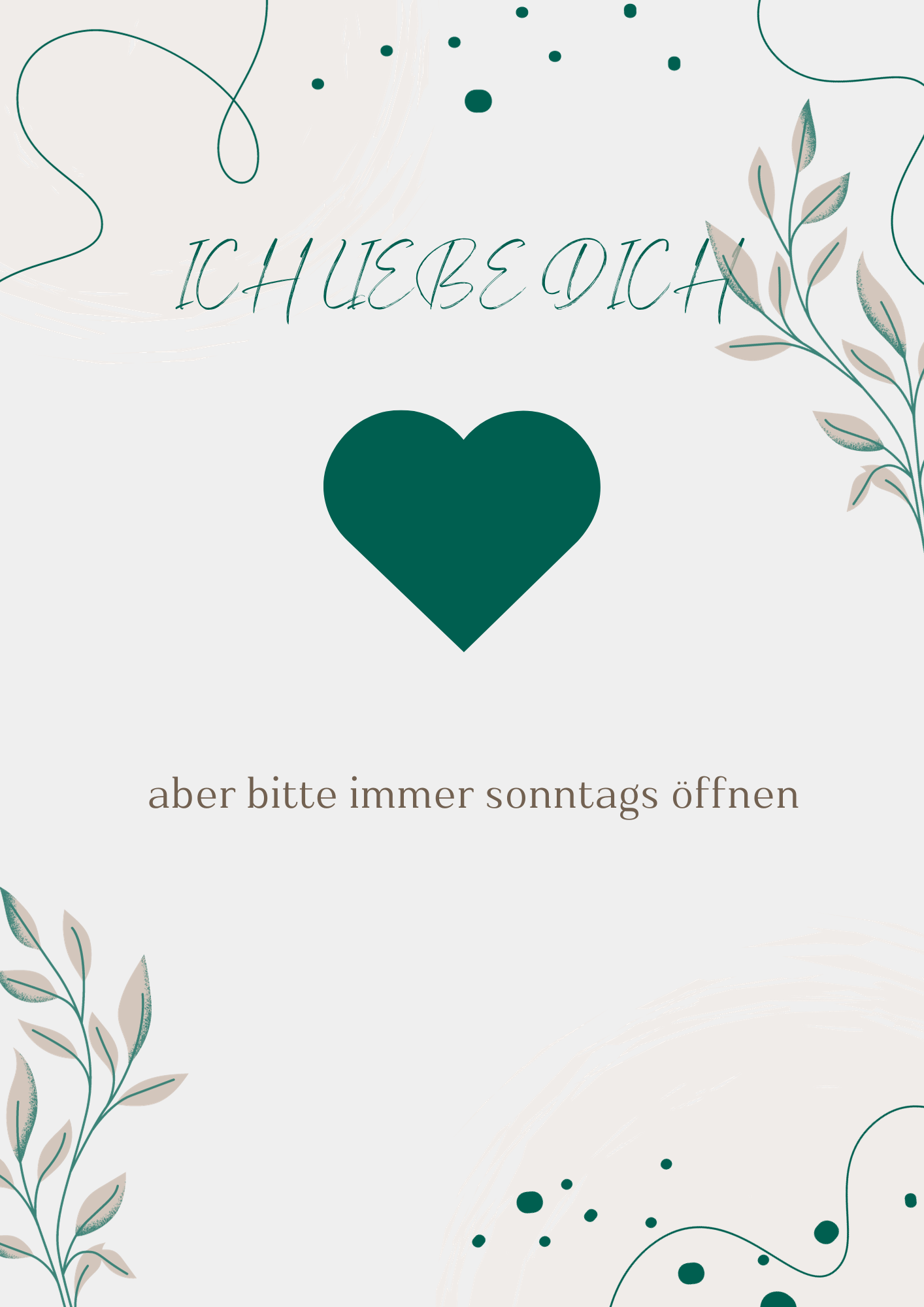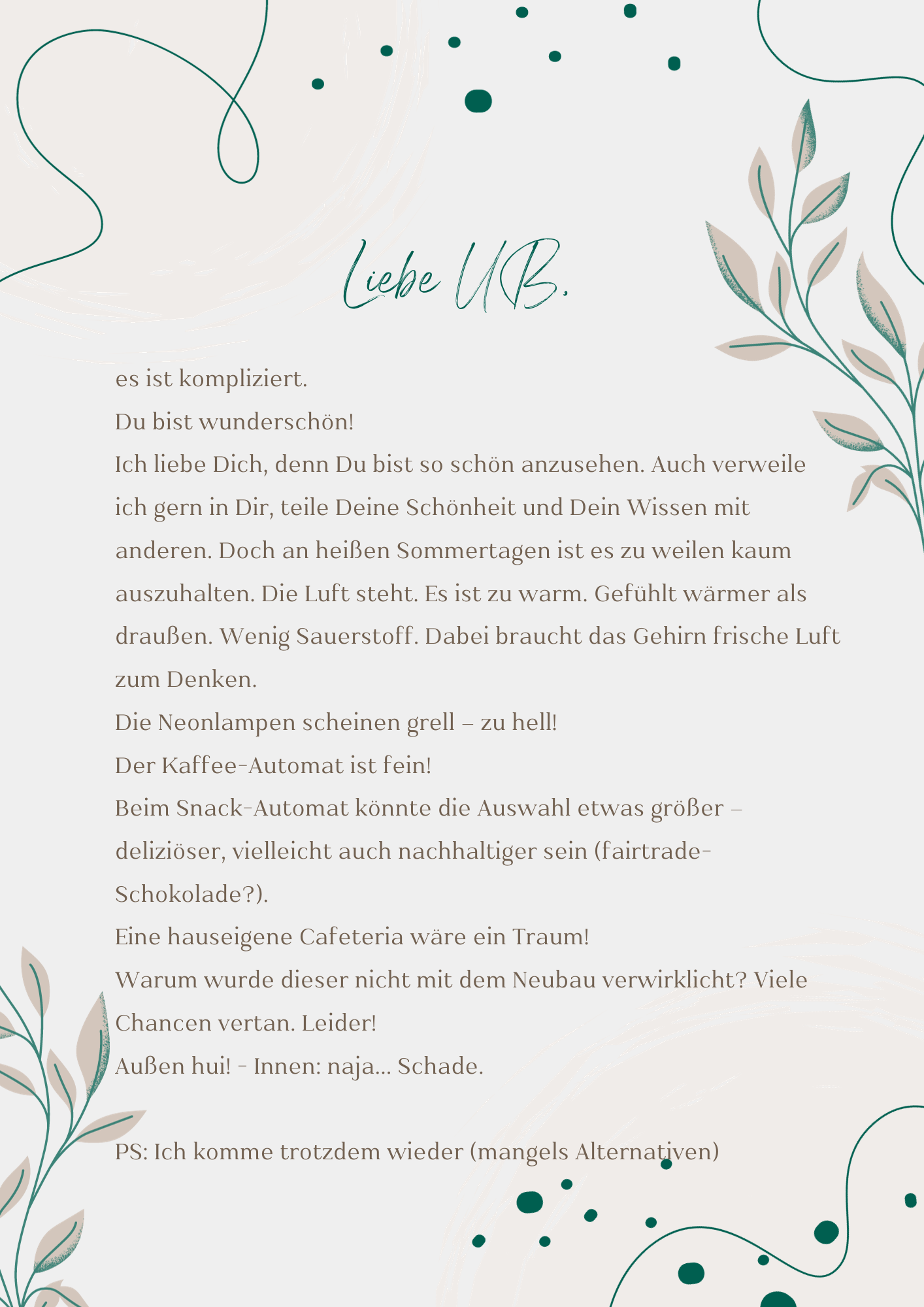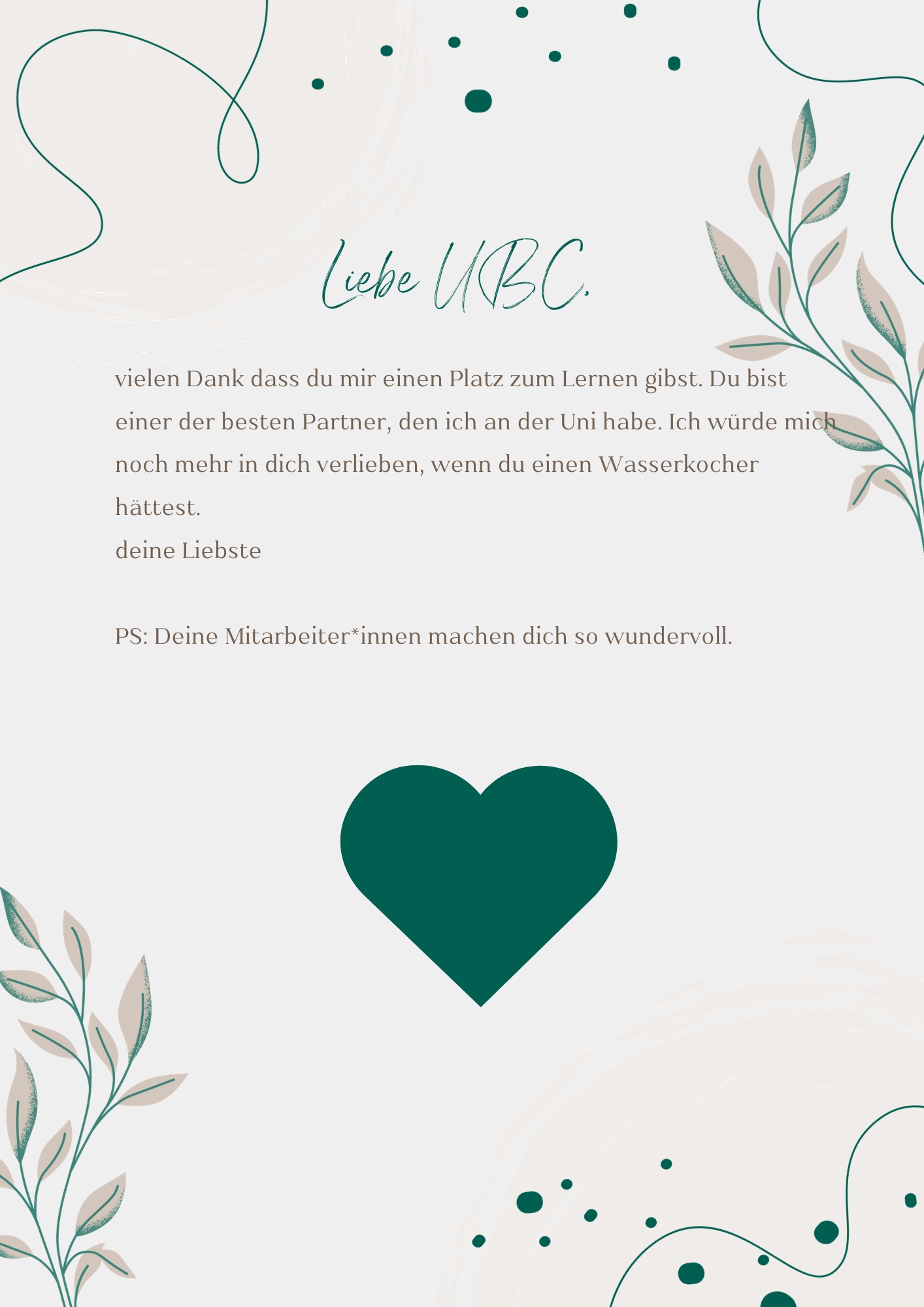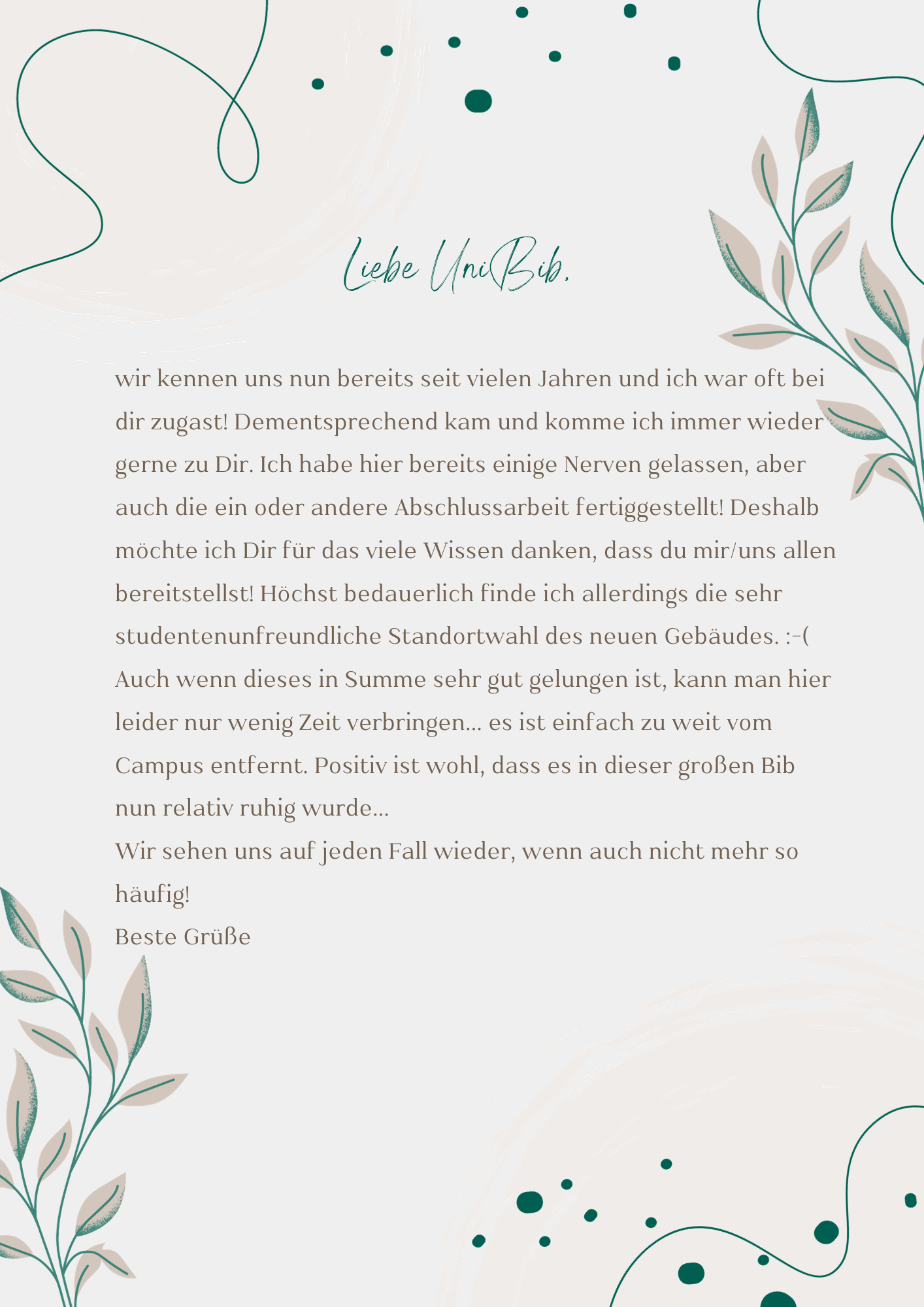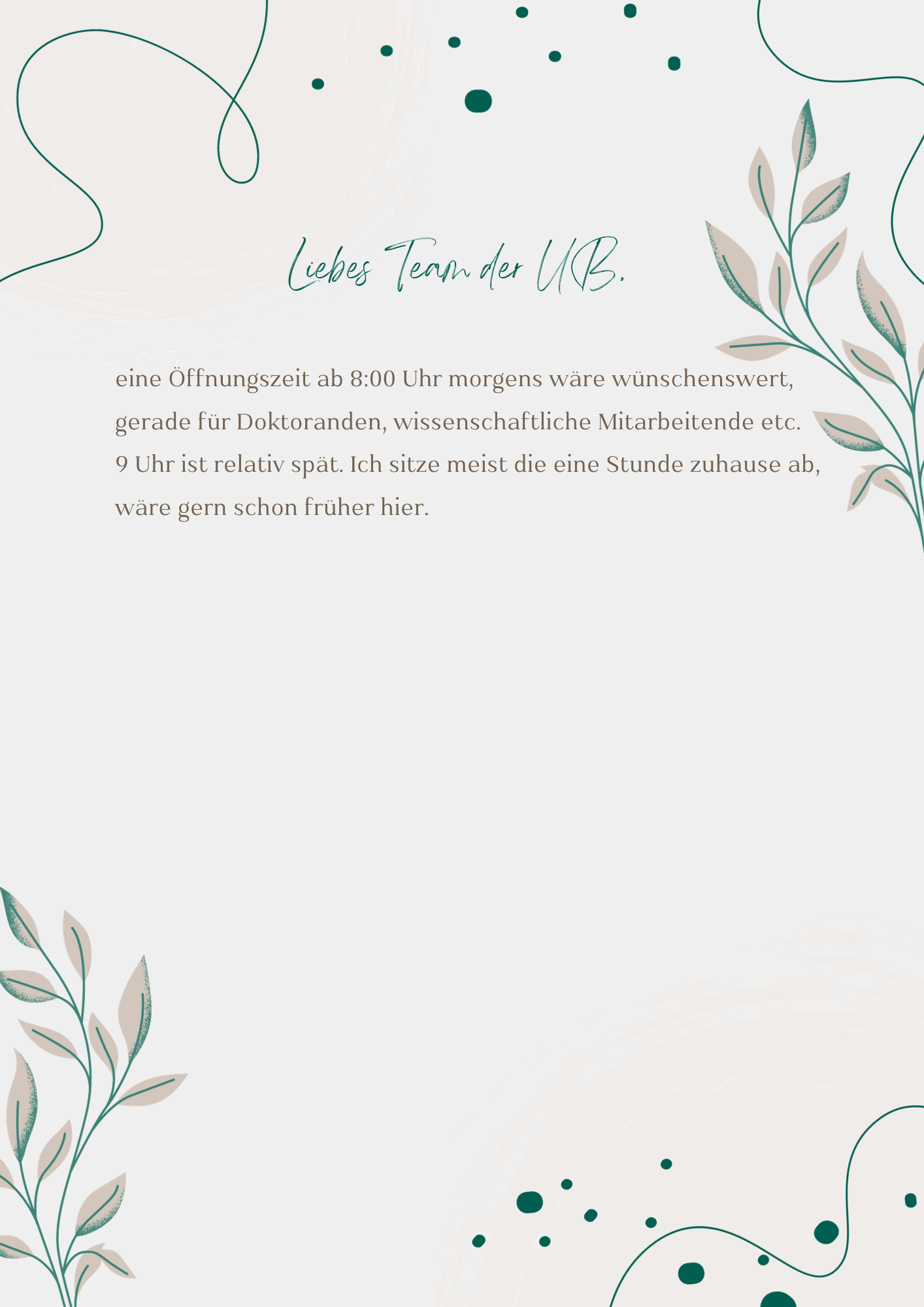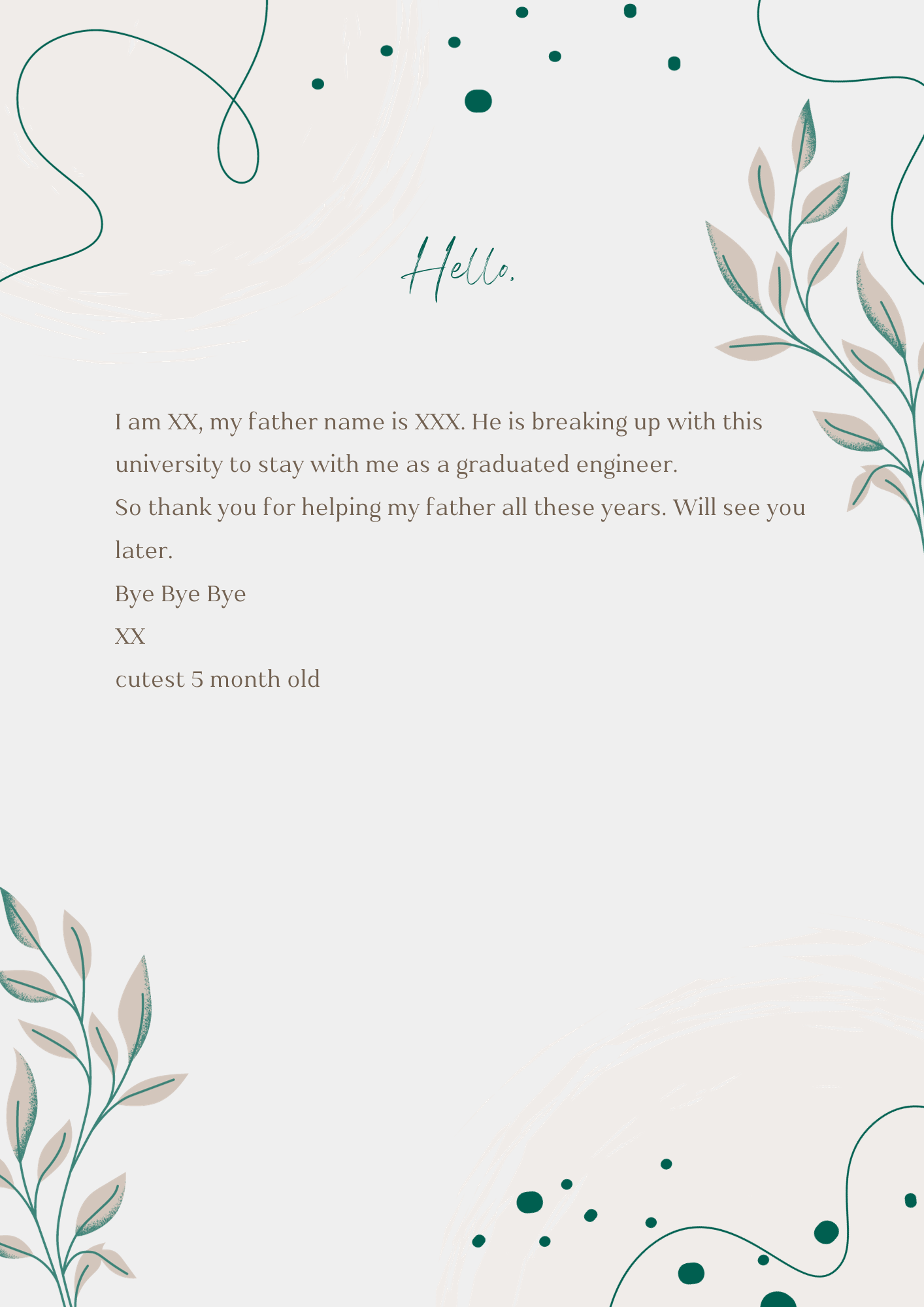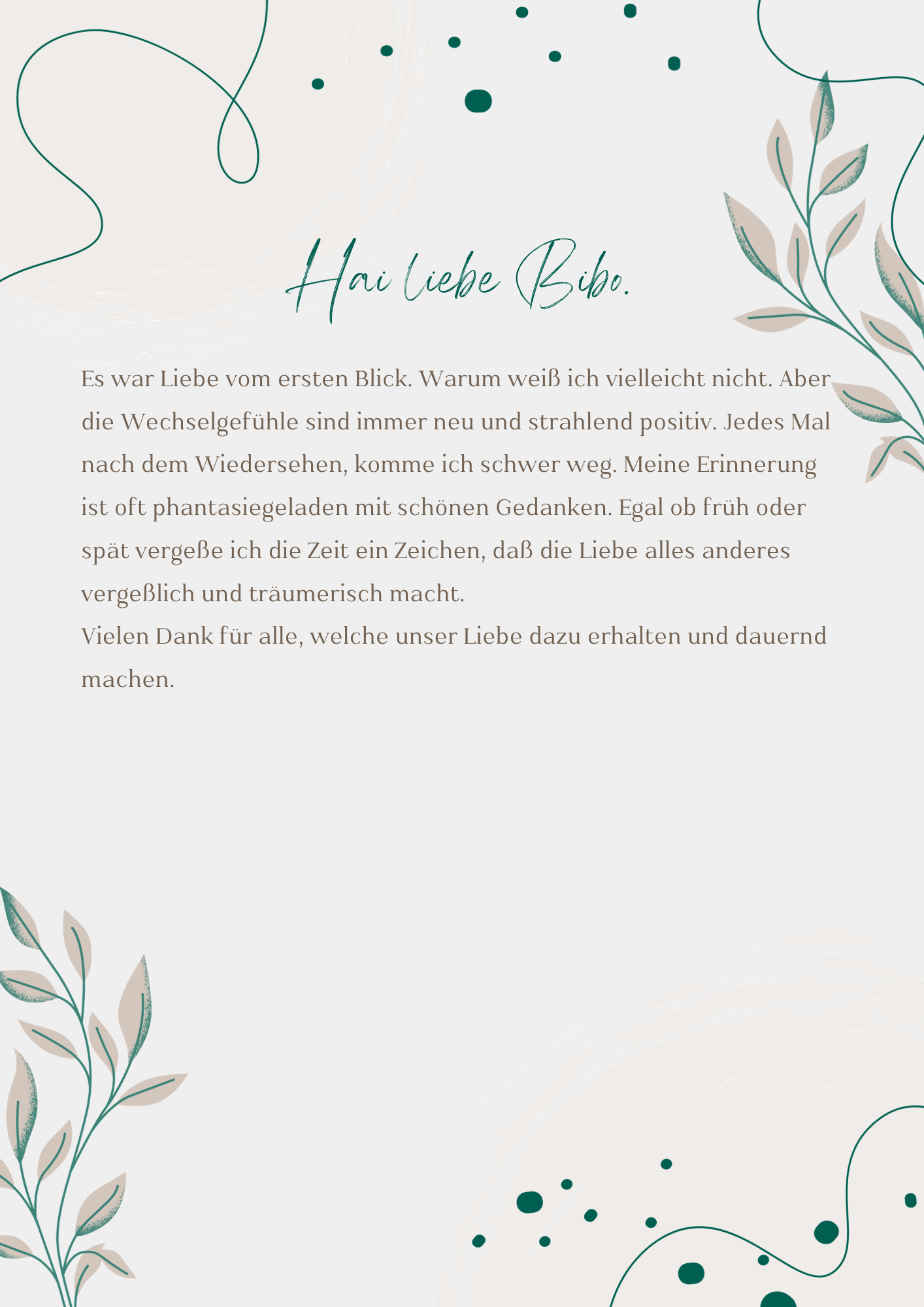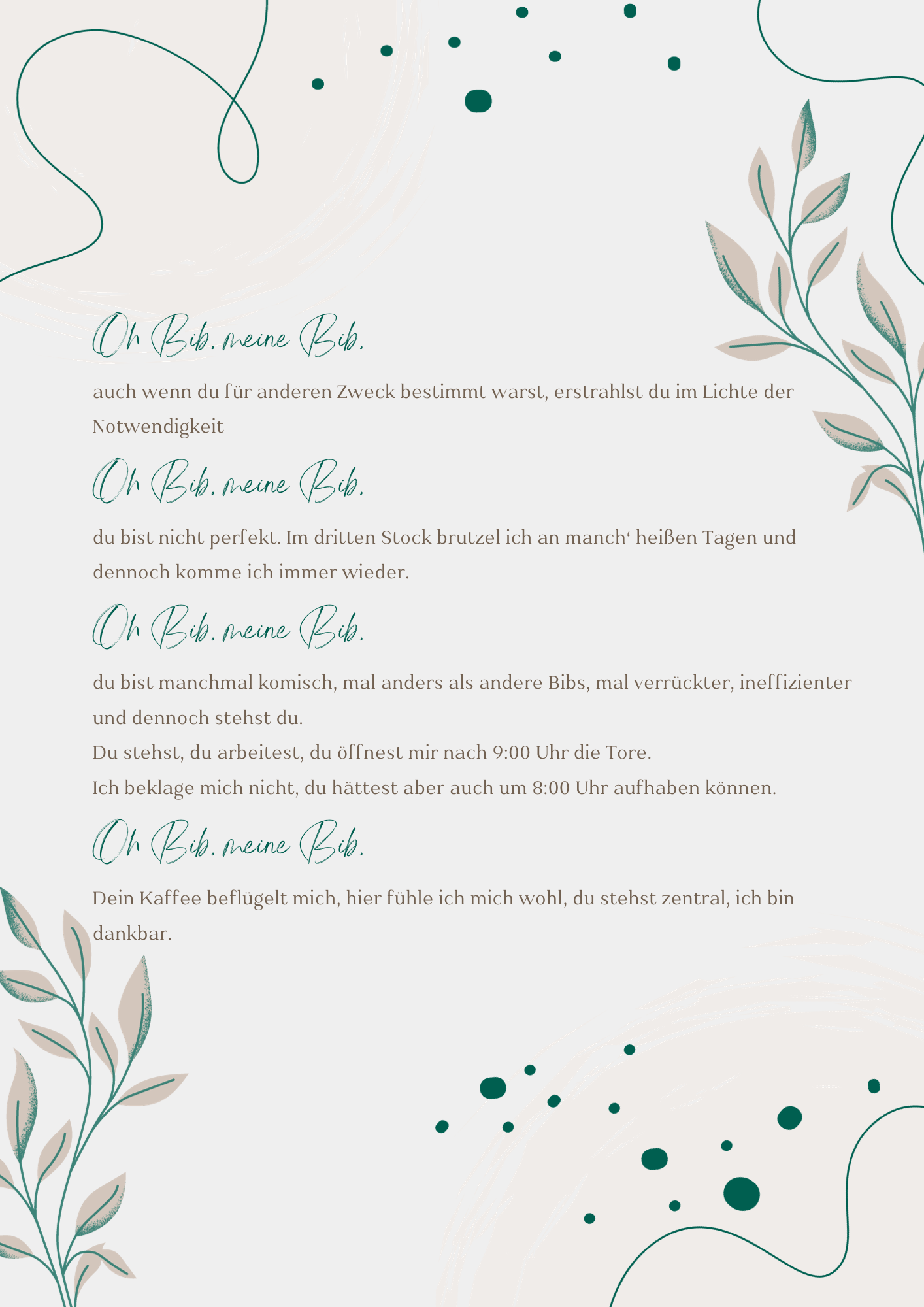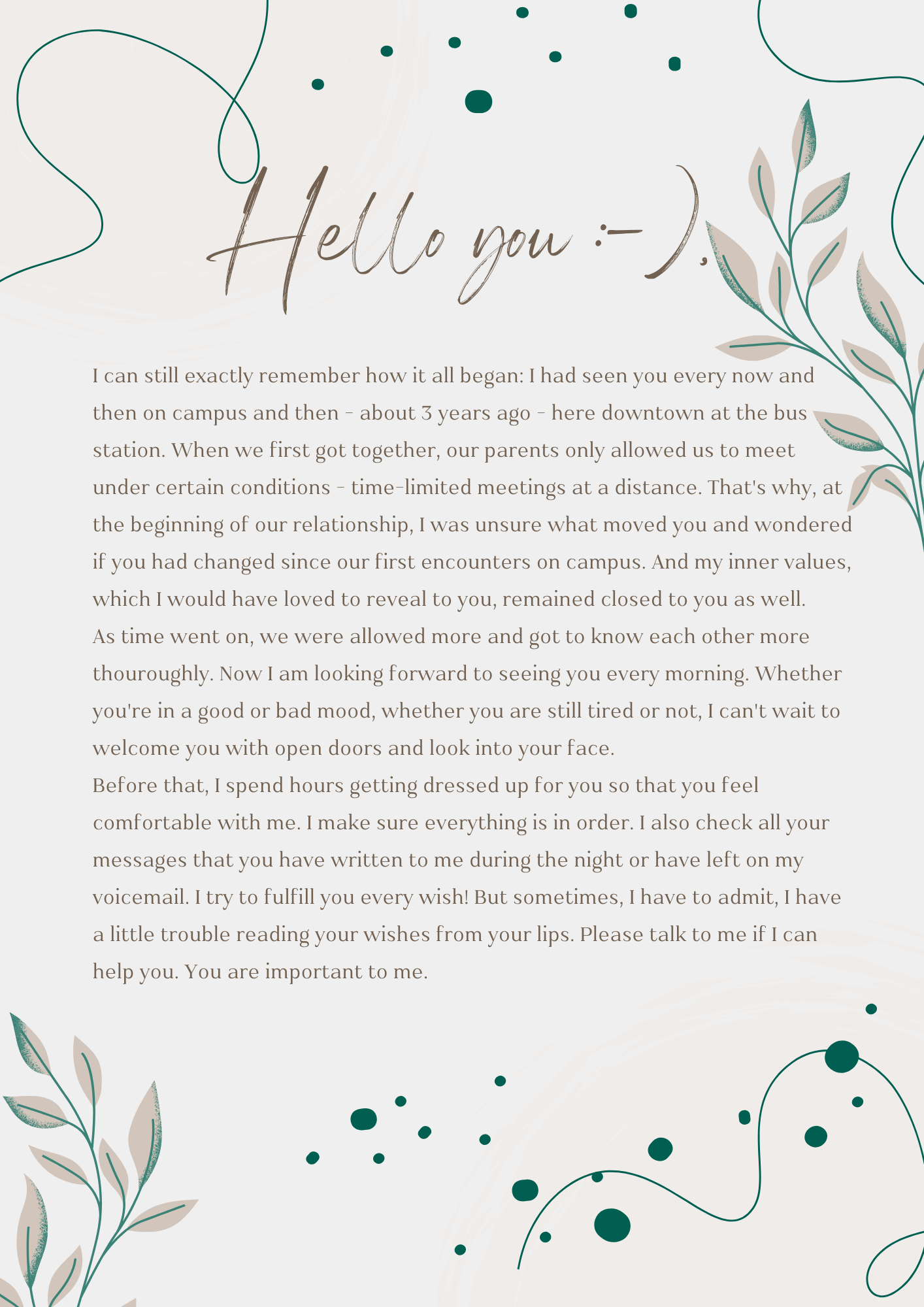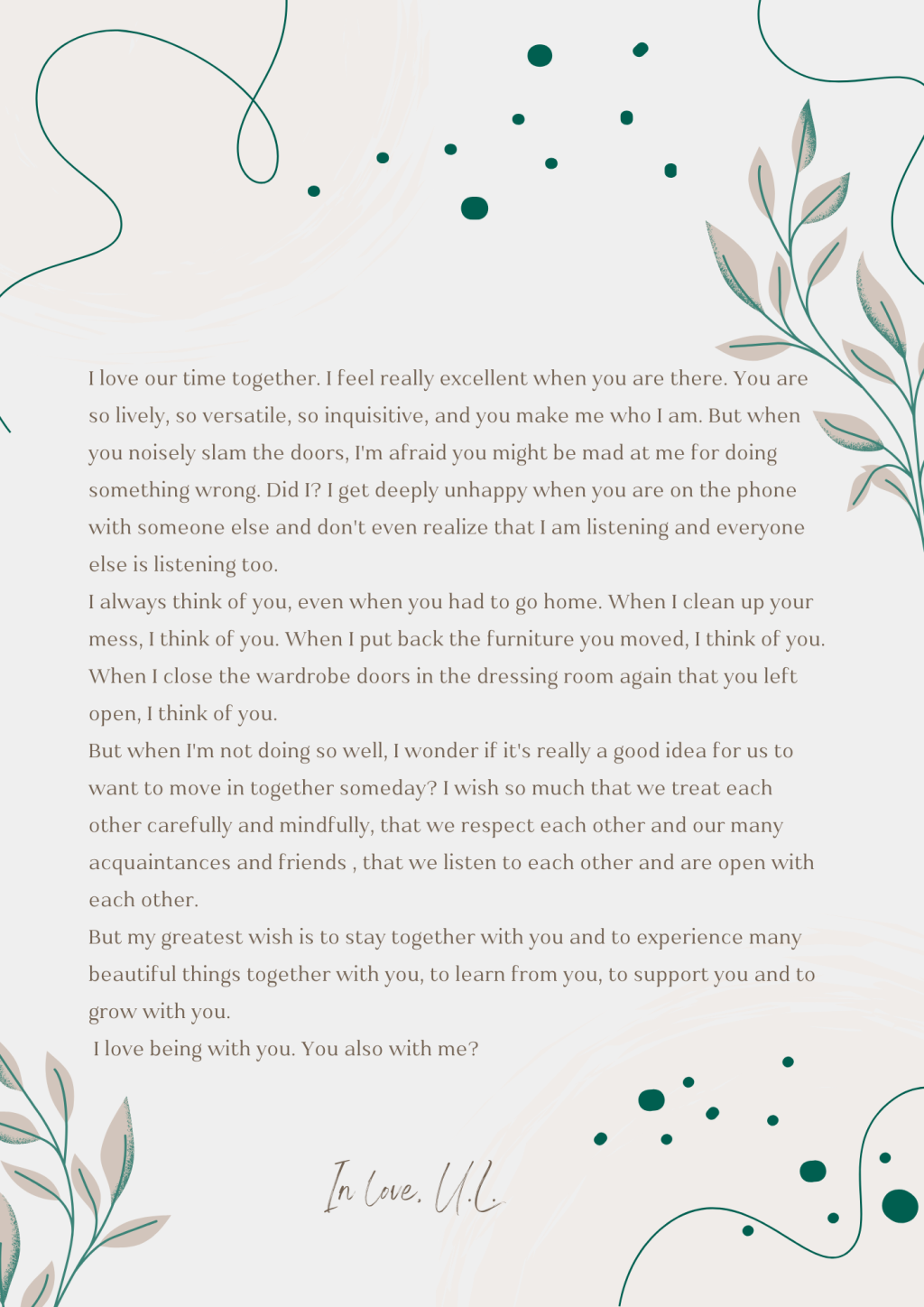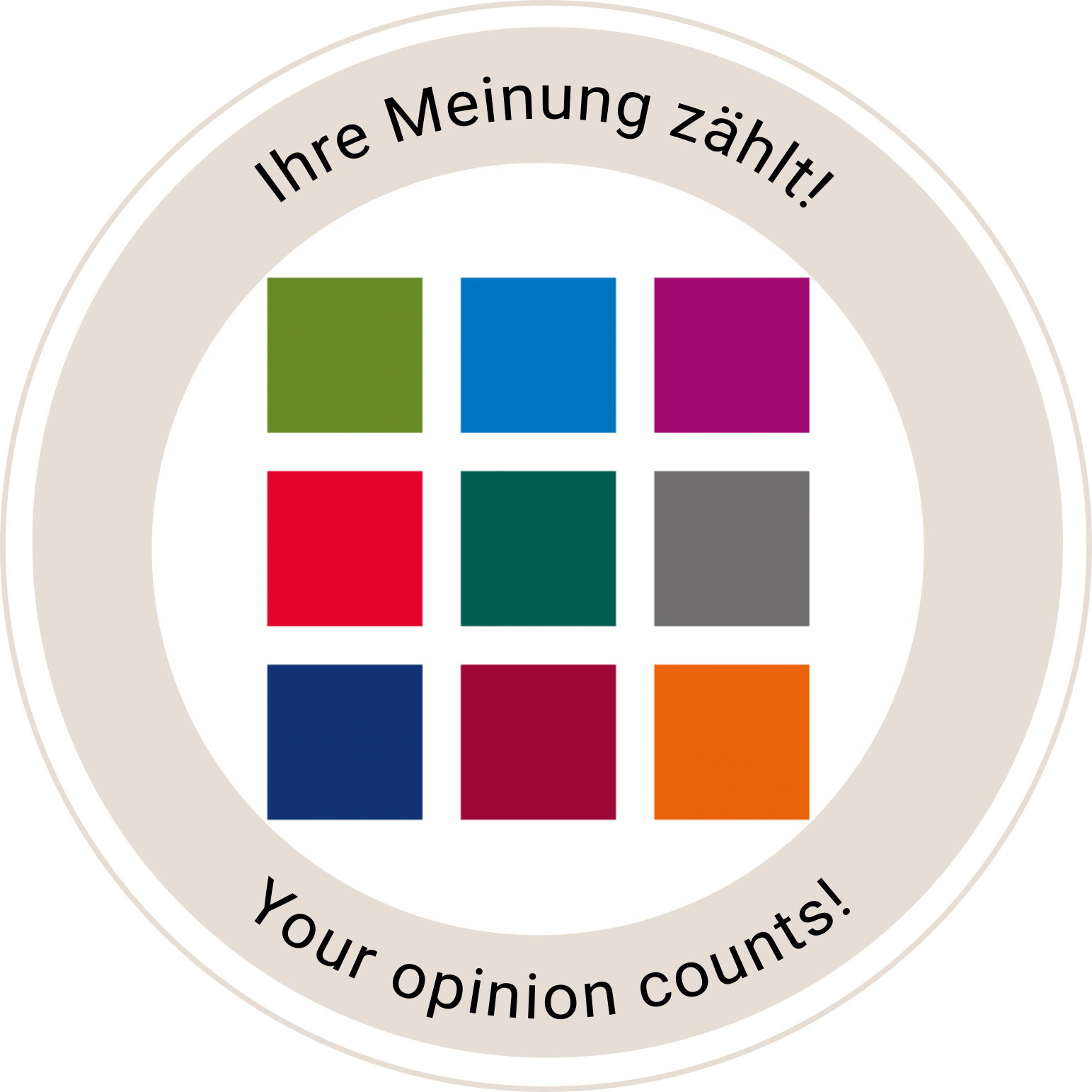
Rethinking library. User survey 2023
Ihre Meinung zählt! / Your opinion counts!
Almost ten years have passed since the last user survey (German only). The three branches of the University Library and the Archives have moved into one building. The pandemic generated a digitization push. It's time again to ask our users about their perceptions, expectations, needs, and experiences.
The survey is aimed at all user groups: TUC students, TUC researchers, non-scientific staff, and external parties.
Online Survey - Are you satisfied?
In January/February 2023, we will conduct an online survey on analog and digital library usage. Tailored to the respective target group (scientist or student, internal or external), we ask questions about our services, our equipment, our training offerings, our open science offerings, and our communication channels.
Graffiti Wall - Question of the Week
Starting in April 2023, a new question will be posted weekly on the Graffiti Wall in the library lobby. We will accept answers via the project mailbox at the exit or via a provided poll box.
The start of the study was in January 2023.
Methodical procedure
- Online survey was addressed to all students and employees of the TUC as well as external users.
- Request for participation was sent via the TUC mailinglist, informal distribution lists to faculties/departments and FSR, as well as via the website, social media channels and information pillars in the university
- The response rate does not correspond to the population. The conclusions cannot be considered representative.
- Response rates of online surveys tend to be low; also in our survey it was to be assumed that persons contacted do not consent to the processing of personal data, that the mail with the request to participate is directly deleted due to suspicion of spam, or that they cancel the questionnaire response due to the time involved.
- Pre-tests were carried out to check the comprehensibility of the questions and to be able to better limit the time required to answer the questions.
- The survey was created in German and English with the tool SURVEY (based on LimeSurvey) of the Bildungsportal Sachsens (BPS), because there is an order processing contract between TUC and BPS.
- The questionnaire was created modularly, so that not all groups of users were shown the same groups of questions, thus the population varies per question.
- The survey was conducted from Jan. 23, 2023, to Feb. 15, 2023.
- Response rate

Abbildung I: Response rate of the online survey
Usage
- Overall, users are (very) satisfied with both on-site and online usage. Individual aspects such as the use of duplication services and the creation of additional areas for group work need improvement.
- Individual services in both on-site and online use are not known to users. hese include acquisition suggestion, the university's internal document delivery service and interlibrary loan. On-site users are not yet fully familiar with the zones (group work - individual work) and equipment (multifunctional devices, lockers, return machines).
Media stock
- Good equipment with e-books and e-journals is important to the respondents. Printed books are also still relevant. Printed journals are losing importance. The importance of standards and loose-leaf collections depends on the subject area. All user groups would like to see an expansion of electronic literature offerings.
Research tools
- (Scientific) search engines and the library catalog are the most frequently used research tools. Subject databases, interdisciplinary databases, academic networks and the shadow library Sci-Hub play a secondary role.
Training offerings
- Existing training offerings in presence and online are largely unknown and unused. Exceptions are library introductions organized as part of the orientation week for freshers, as well as offerings at TUCtag.
- All user groups would like to see additional training offers in the areas of e-media, open science/open access, and digital skills (e.g., literature management).
- All user groups prefer short, primarily digital training offers such as explanatory videos or short online training courses. Scientists want support from the library only outside their own courses.
Advisory services
- The classic reference desk as well as e-mail and telephone consultation are well known. The bookable advisory service "Book a Librarian" and individual advisory services on special topics, on the other hand, are little known. Accordingly, the use of these services by the respondents is low.
Communication and information channels
- The preferred information channel is the library's websites. Only a few users inform themselves about current events via social media channels. Additionally, classic formats such as mailing lists/newsletters are desired.
Perception of the library and the staff
- The library staff is accessible, helpful, friendly and competent. The library and archives are modern, open, friendly, chic and secure, but not necessarily intuitive but rather complex.
Publishing | (all questions asked only to scientists)
- In the process of scientific publishing of research results, the reputation of the publisher where published, the visibility of the place of publication, a frequent citation of the publication organ, the publication costs, the quality assurance in the publication process of the chosen journal, the support during the publication process by library, the workflow in the publisher and the workflow in TUC (funding) are important. In contrast, the support during the publication process by the university library is not relevant for all scientists.
- For the majority of the participating scientists, publishing under Open Access is of great importance. The journals in which they publish should be high-quality journals. It would be ideal if the current publication media could simply be converted to open access.
- In order to assess the quality of a publication offer, the respondents consider the way authors, reviewers and editors are recruited, the impact factor of the journal, the indexing of the journal in Scopus, Web of Science or other databases, the duration of the peer review, the feedback on the outcome of the review to all participants, the type of review (open and closed) (very) important. The rejection rate of submitted articles as well as the composition of the editorial board are not highly relevant for all scientists.
- The funding of open access publications in the form of journal articles is rated as (very) important. The publication of articles in anthologies or complete monographs/collective volumes is less relevant in comparison.
- A good majority of respondents are against authors financially contributing to OA publication themselves. Limiting the number of funding per author or per cost center is rejected by a majority. Young scientists and scholars should be given priority for funding.
- Opinions on the amount of own contributions to OA publications in journals or books/collective volumes vary widely, from 0 EUR to 3000 EUR per publication.
- Across disciplines, OA publishing agreements with Wiley and Springer Nature are rated as (very) important by more than half of the respondents. Other publishing agreements are rated as relevant depending on the subject. Individuals would like to see an additional publishing agreement with Elsevier.
- Almost half of the respondents are unaware of the secondary publication. Accepted manuscripts are kept after publication by only a few. The rights of use granted to the author in publishing agreements are reviewed by the majority before signing.
University Press | (all questions asked only to scientists)
- The university publishing house Chemnitz is known to a majority, but only a few scientists have published in this publishing house. Reasons for this are the lack of knowledge about the publishing house, a low reputation of the publishing house as well as previous missing occasions of publishing. The publishing house has been noted via the websites or by word-of-mouth.
Open Science | (all questions asked only to scientists)
- Just under a quarter of respondents are aware of the University Library's Open Science team.
- Scientists have the most experience with Open Access publishing of research output when it comes to publishing research results (in the form of journals or monographs), followed at a great distance by software/code, research data and Open Educational Resources.
- Most relevant to the scientists surveyed are the open science topics of open access publishing, open research data, and open source. OER still plays a certain role, while Open Evaluation and Citizen Science are less relevant.
- Most requested are library trainings on publishing theses online, copyright and citation law, recognizing fake journals, publishing research data, and open source. The topics "Bibliometric Analysis" and "Citizen Science" are desired by only a few. Preferred delivery formats are short online training courses and individual consulting services.
University Archives
- Less than half of the respondents are aware of the TUC's university archive. Only 32 of the respondents have used it. The majority of non-users state that archival sources are not relevant to their work or studies.
- The majority of users are (very) satisfied with the provision of archival material, the archive's Internet presence, and the speed and scope of the response to inquiries.
- Both the establishment of a digital reading room, work with digital files and photography by users are rated by archive users as important future services.
- For communication with the archive, the majority of respondents would like to use a web form. E-mail as a means of communication (encrypted, unencrypted) is also a possibility.
Methodical procedure
- We placed a flipchart with questions updated weekly or fortnightly at the library entrance during the summer semester 2023. Depending on
the type of question, library visitors had three options for answering or voting:
- Letter Box: Answers were written down on an answer card and dropped into a provided mail box.
- Poll Box (wooden beads): A predetermined answer to a question was agreed to by dropping a wooden bead into a transparent bottle.
- Poll Box (sticky dots): By placing a sticky dot on the flipchart, people voted for an answer option
- (Sticky Dots): By placing a sticky dot on the flipchart, people voted for an answer option.
- The results are documented in these diagrams:
Question 9 on the flip chart asked for a love or breakup letter to the library. Excerpts from selected letters are documented in the following images. Thank you very much for your kind and also the less kind words!
Question 12 on the flip chart asked for what the security and library staff wishes from the library guests. We have summarized the answers and present them in a love letter to our users. This is also to be understood as a response to the love letters that reached us before.
- Based on the results obtained so far, we have made the following changes in our services:
- Launch of a new information series Did you know? on our website and social media channels.
- Linking the Interactive Location Map in the library catalog via the call number of open stacks media
- Information sheet on the use of the Multifunctional devices via PaperCut
- Furnishing the outdoor areas in front of and behind the library with benches and tables
- Library guide in the elevator
- We would like to take the opportunity to explain a few critical points that have been mentioned several times in our user studies from the point of view of
the University Library:
- Opening hours
Due to the Corona pandemic as well as prescribed energy saving measures, the planned 24/7 opening of the library has not been realized. Every day, the number of visitors to the library is recorded on an hourly basis. During semester breaks as well as in the first weeks of the semester, these numbers are usually in the single digits in the evening hours, so that opening the library after 10 p.m. is not justifiable - also out of an energy-conscious approach to the building. However, the aim is to open the library in the evening hours until midnight as well as on Sundays each semester during exam time. - Acoustics in the library building
The nature of the historic building, with its listed supporting structures, means that the acoustics in the building are perceived as disturbing, especially when people are spending long periods of time in the building and are working in a concentrated manner. We have already taken measures such as purchasing noise-reduced book carts and installing acoustic furniture in the front areas of the wings. Chair glides were replaced on all chairs. The new ones are much quieter than the old ones. /li> - Printing/Scanning/Copying
The multifunction devices available in the library are connected to the university-wide printing service, for which the URZ is the point of contact. The corresponding URZ web pages explain everything about printing at the university. The book scanners on the ground floor and on the first floor of the library can be used free of charge by every library guest. Scanned documents must be saved on a USB stick. USB sticks can be borrowed for a short time at the library's information desk. The library's Interactive Location Map will help you find the "copy rooms" and "bookscanners". - Power supply at the workstations
The provision of additional power outlets in the group work area was realized at short notice during the examination period of the winter semester. All individual workstations have two power outlets. - Cafeteria
This was also a (very big!) wish of the library staff during the planning phase of the new library building. Unfortunately, this offer had to be dispensed during construction for cost reasons. So far, we have not been able to find an outside vendor who can provide a similar service around the library building on a temporary basis. The nearest mensa/cafeteria is located in the main building on Straße der Nationen. Also take advantage of offerings on Brühl and along Straße der Nationen. - Beverage and snack vending machine; water dispenser; kettle; microwave
Due to existing contracs we do not have the opportunity to redesign the offerings in the food and beverage vending machines at the moment. For a new call for tenders for this external service, we have identified the need for a wider range of vegan food and other beverages (e.g. Mate, coffee with vegan milk alternatives).
It was also requested that a water dispenser should be installed in the library. We are checking the purchase as well as hygiene and usage conditions. In the meantime, please make use of the taps on the sinks in the restrooms - despite their low height.
Furthermore, a kettle and a microwave oven are wished. For reasons of safety and hygiene, it is not possible to provide them. - Library learning space: group work areas, break room
Separate team workplaces - a request mentioned several times in the free-text responses of the survey - are available in the library's "IdeenReich". This area on the groundfloor east also serves as an event room. Due to a very high demand for this room for events, the use of the group work rooms is currently very limited in terms of time. However, group work is possible and desirable on the entire first floor. The first floor east wing can also be used as a place to relax and take a break. Eating and drinking is allowed here.
Did you know that there are other study areas in the university besides the library workstations? Common Rooms are located at Straße der Nationen 62, in the Weinhold Bau and, opened recently, at Wilhelm-Raabe-Straße. - Air conditioning and air supply
The building has two main and several partial air conditioning systems. The air performance in the public areas of the building is controlled by evaluating the air quality via two CO2 sensors on each floor and two additional CO2 sensors in the reading room. The supply air is introduced draught-free into the floors at the front sides of the building wings via three large-area displacement air outlets and displaces the existing room air in the direction of the always open doors to the central building. The supply air is extracted again from the displacement air inlets located there. Fine adjustments continue to be made to optimize this novel and energy-efficient air control system. The library is working with the service company to adjust the system as optimally as possible to the respective conditions of use (outside temperature cold - warm, number of visitors, etc.). - E-books: availability, access
All user groups expressed a wish to see an expansion of electronic literature offerings. The University Library already invests the majority of its allocated budget in e-media. According to 2022 library statistics, 92% of the literature budget was invested in electronic media compared to 8% of the budget in print media. The scope for action is accordingly limited.
Some users criticized a lack of access to e-books despite an entry in the library catalog. A lack of access can have technical causes, please contact emedien@bibliothek.tu-chemnitz.de in these cases. We will take care of solving the problem as soon as possible.
Our library catalog is a discovery system that contains search engine indexes from many different sources. This causes bibliographic data of certain media to be displayed in the catalog, but the associated full text is not licensed by the Chemnitz Library. The problem occurs particularly frequently with literature from Thieme publishing house. We are already in contact with the publisher to see if an integration of our link resolver can be realized. - Acquisition proposal
In some of the named areas additional acquisitions are planned. However, literature can be procured even more precisely if you make use of the possibility of the acquisition proposal or contact the responsible subject specialists directly. - Medical literature
There were several requests for a better supply of medical literature. The university library is responsible for the literature supply of the TU Chemnitz. There is no medical faculty in Chemnitz, only individual chairs that deal with medical sub-areas (e.g. clinical psychology and sports medicine/sports therapy). For this reason, the literature budget for medical literature is unfortunately limited, even though we try to provide access to important basic works. If medical literature is missing, please use the acquisition proposal. The responsible subject specialist will then check whether an acquisition is possible within the budget. - Animals in the library
According to § 8 of the house regulations of the TU Chemnitz, bringing animals of any kind is not allowed in any building of the TUC. Of course, this does not apply in the exceptional cases regulated by law, especially for guide dogs for the blind or disabled. For this reason, animals may not be brought into the university's central facility, the library, either.
Do you have any further questions or suggestions? We are looking forward to your feedback! Please send us an Email. - Opening hours

